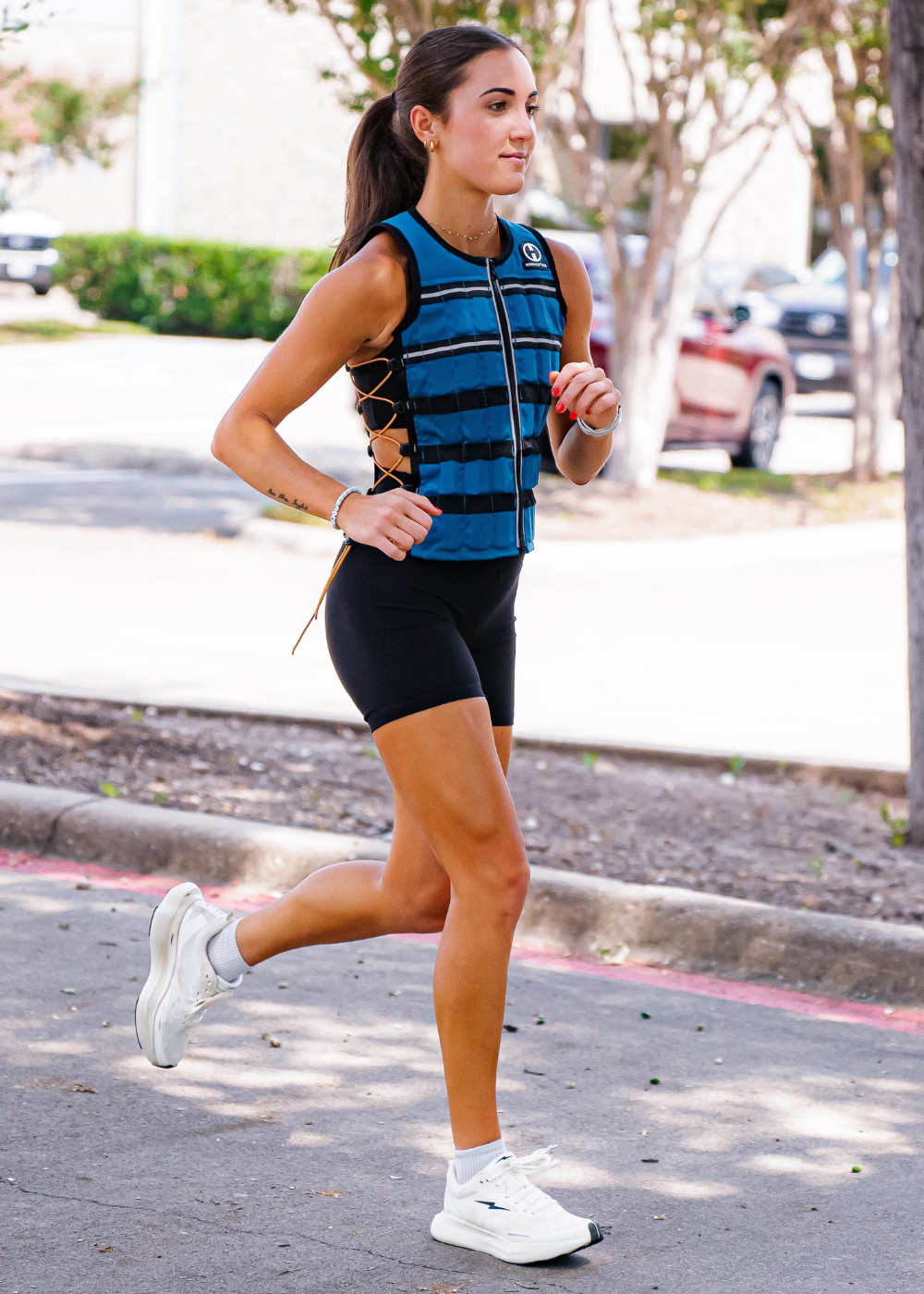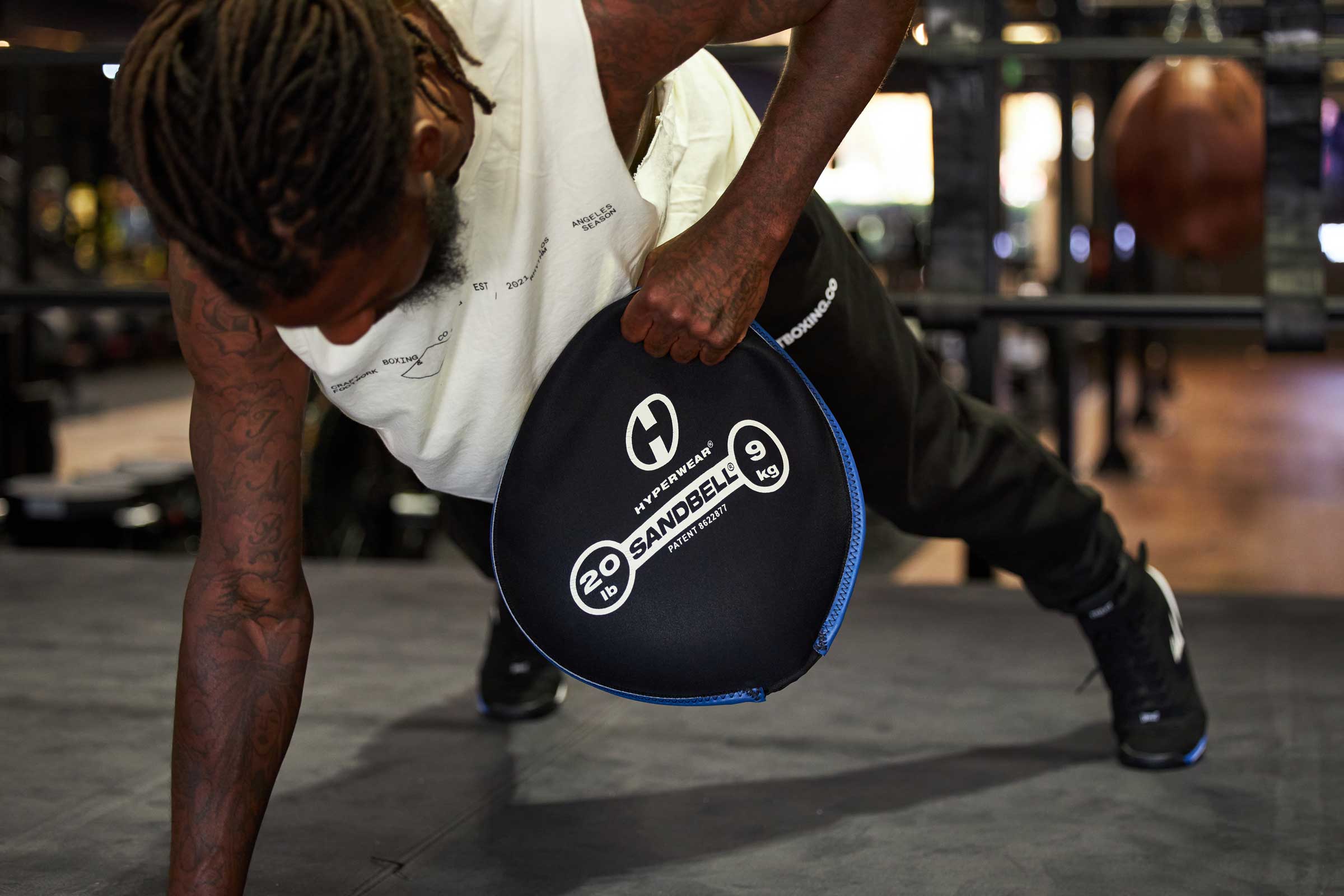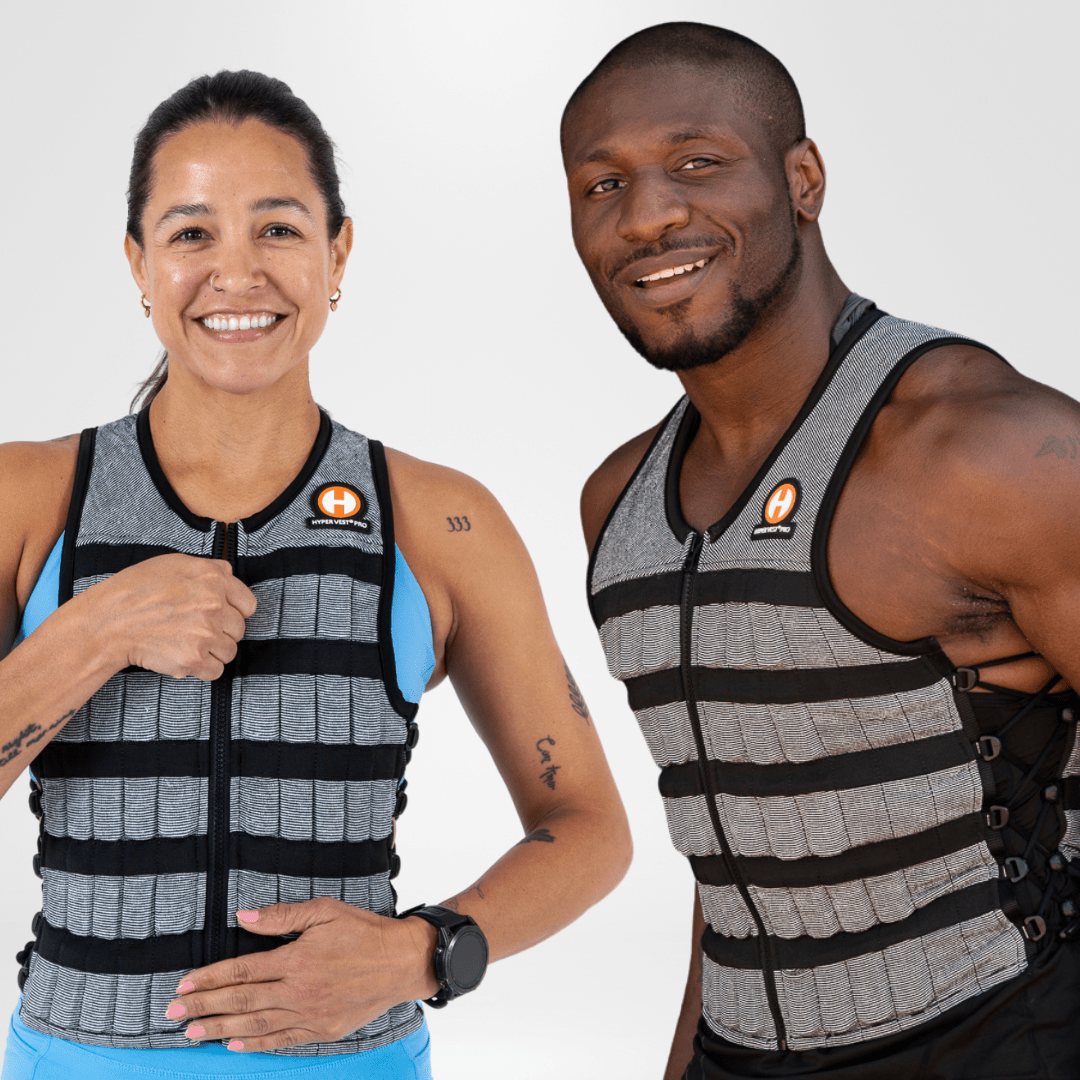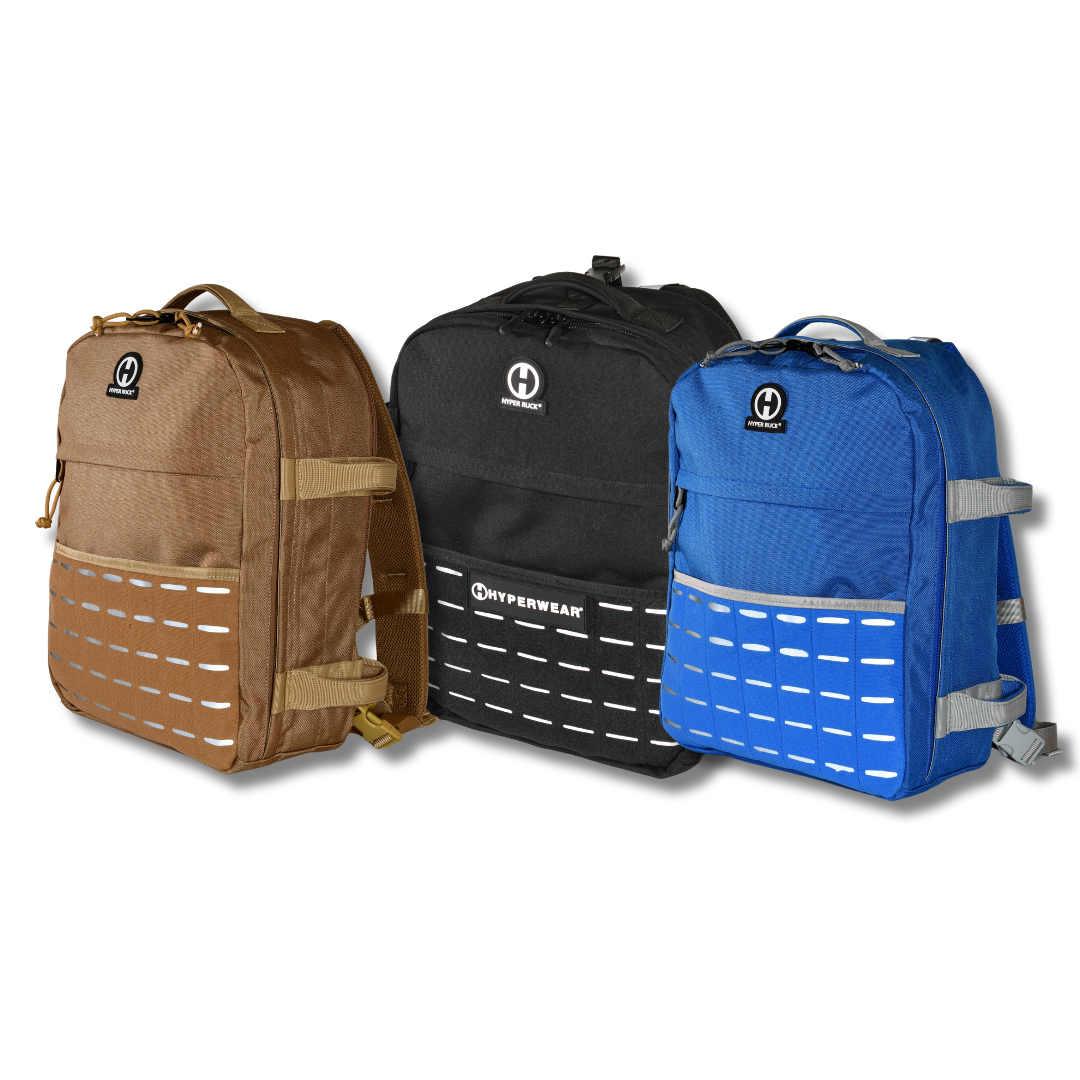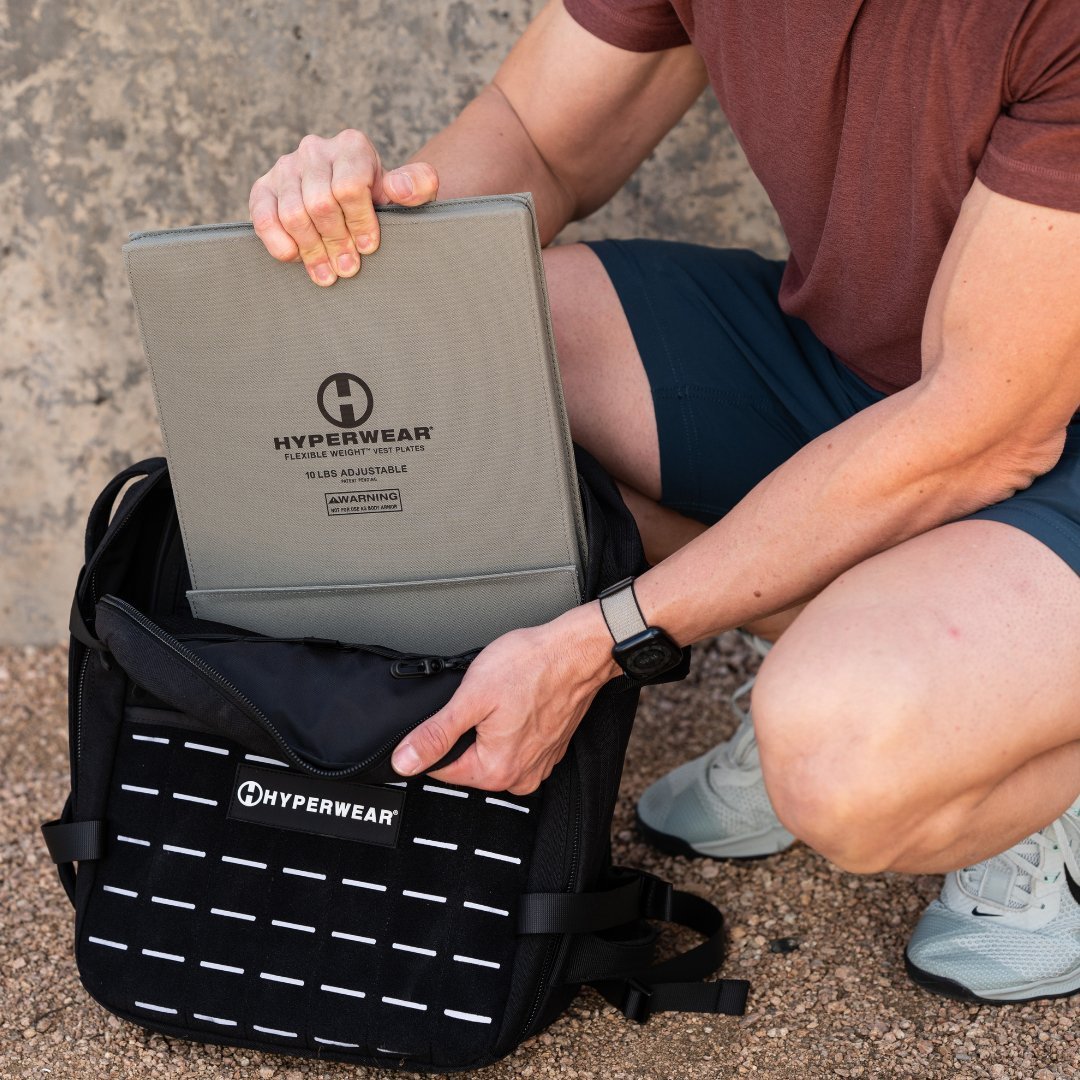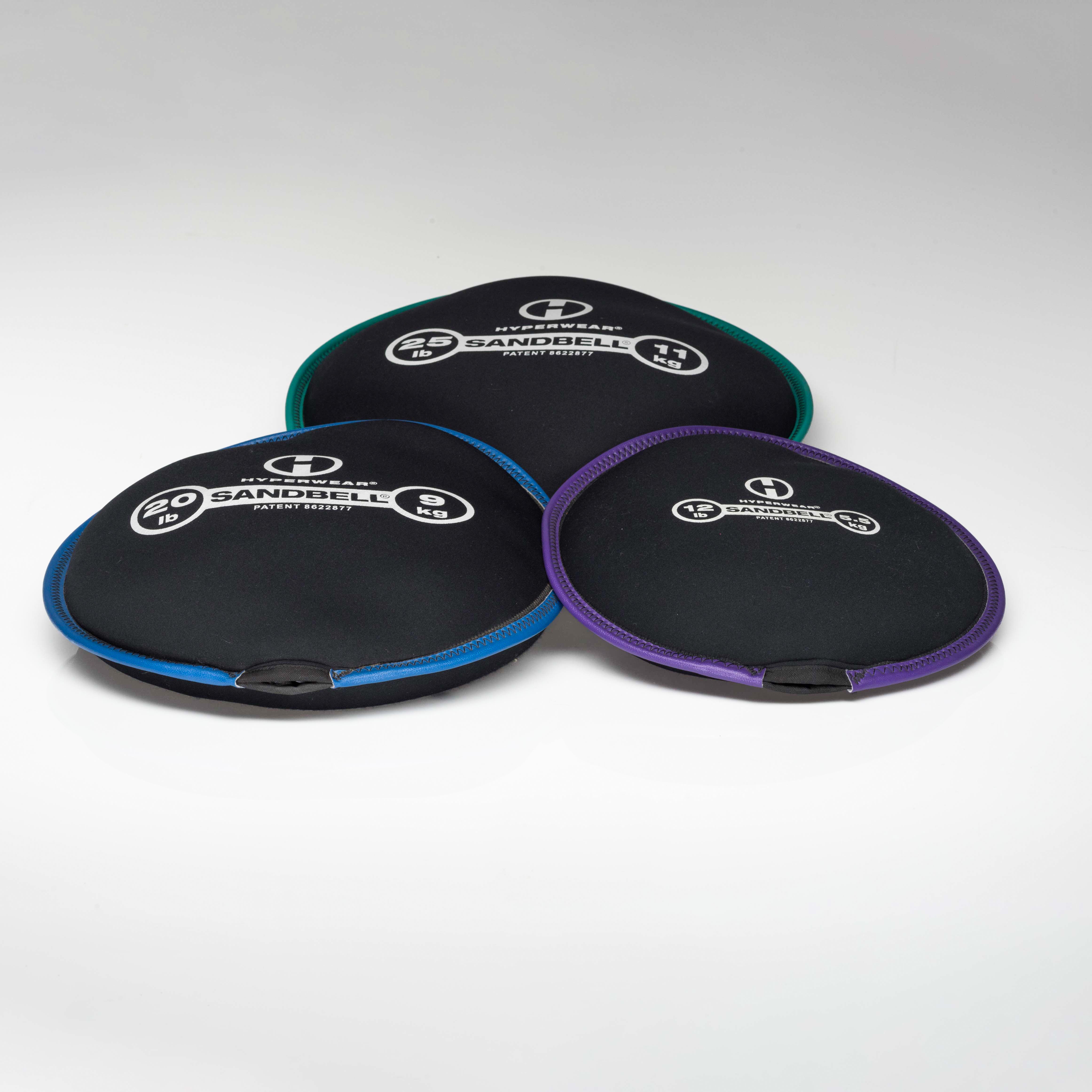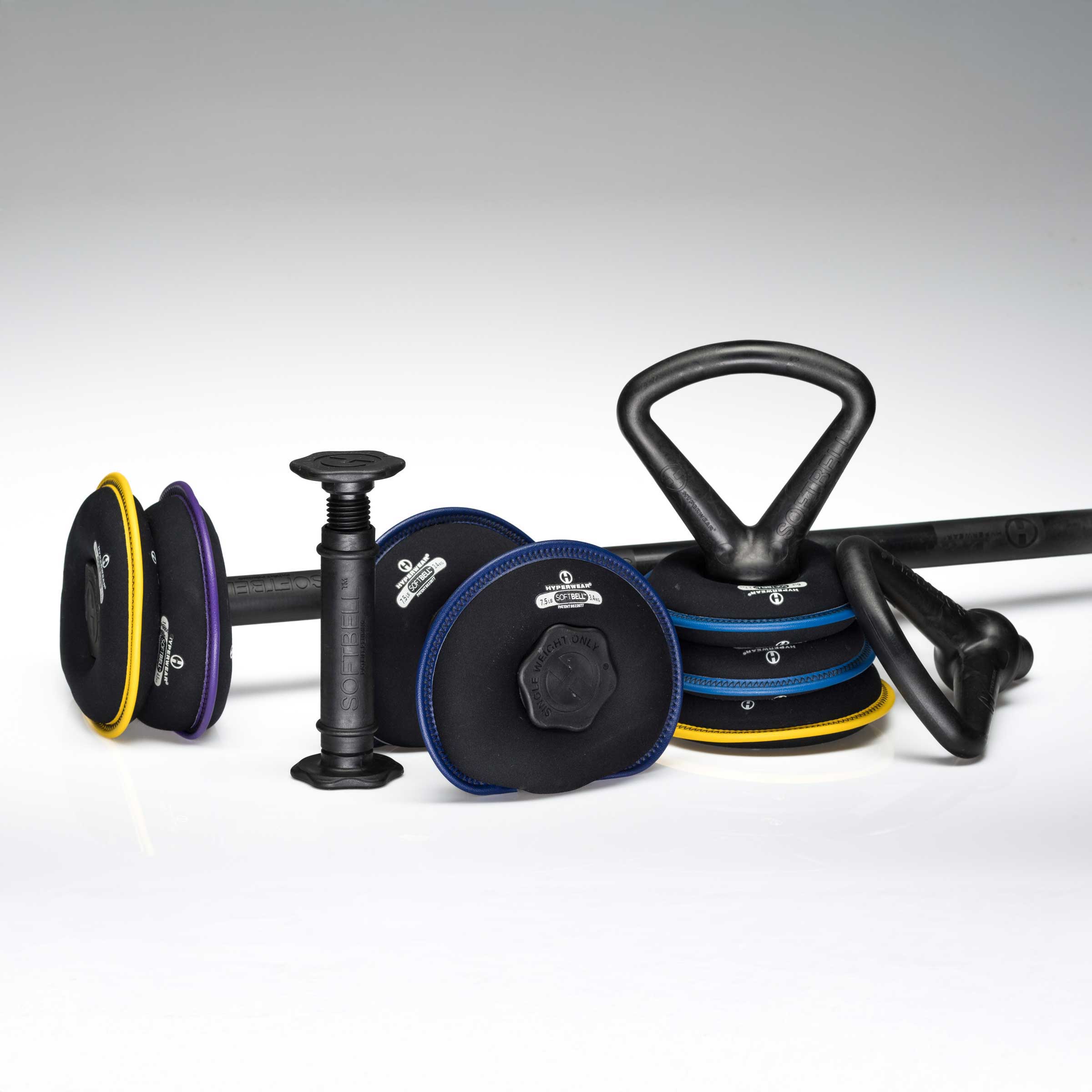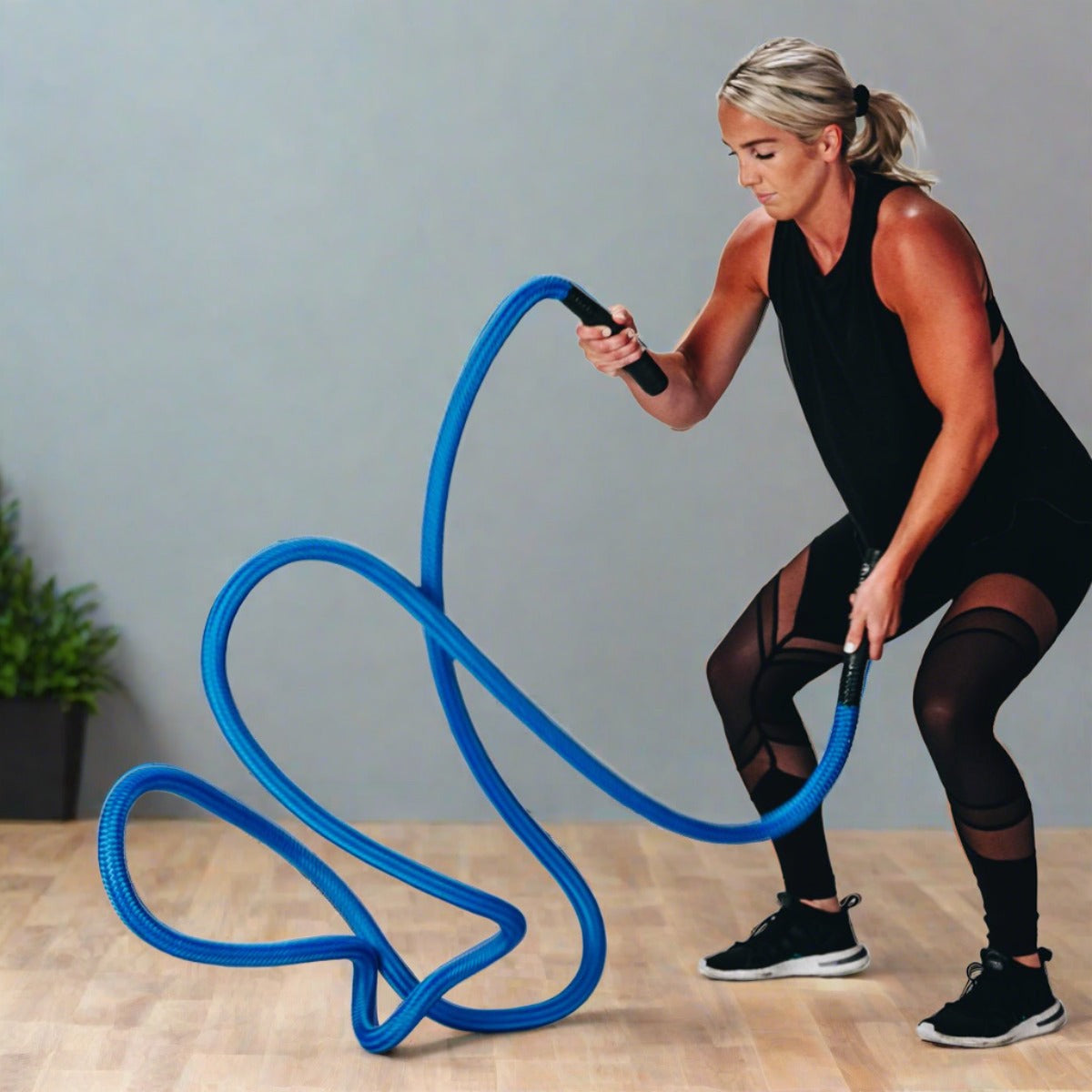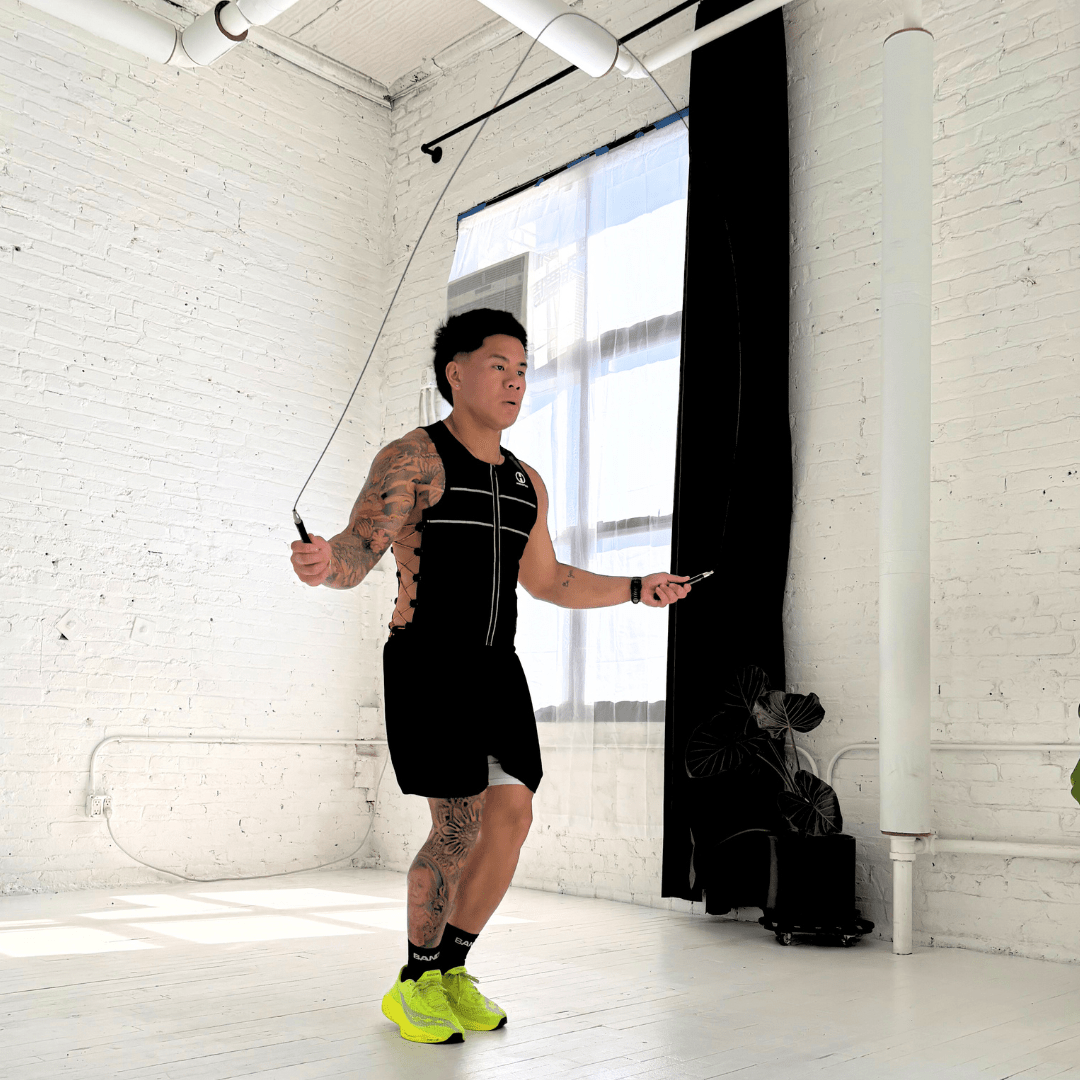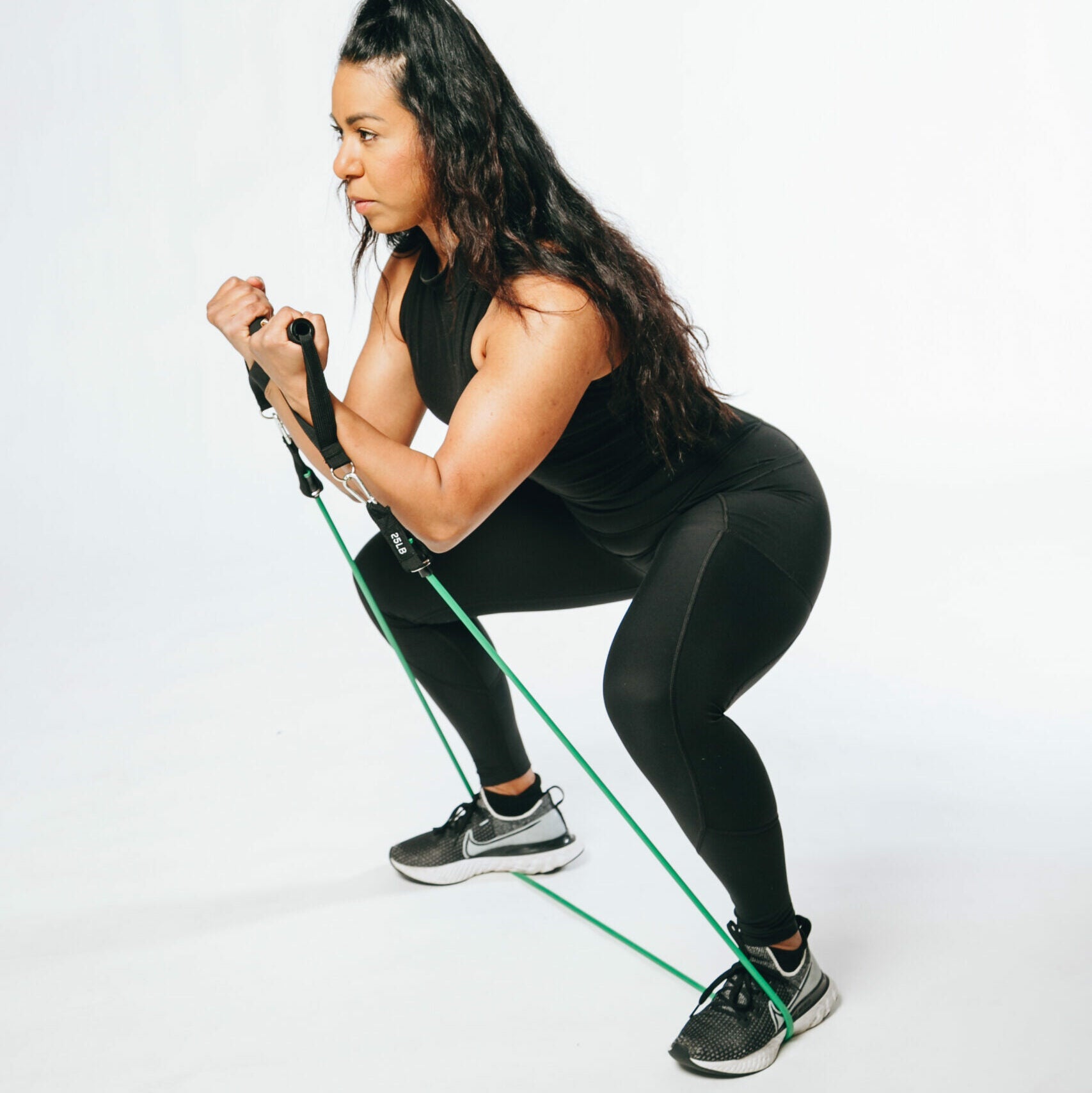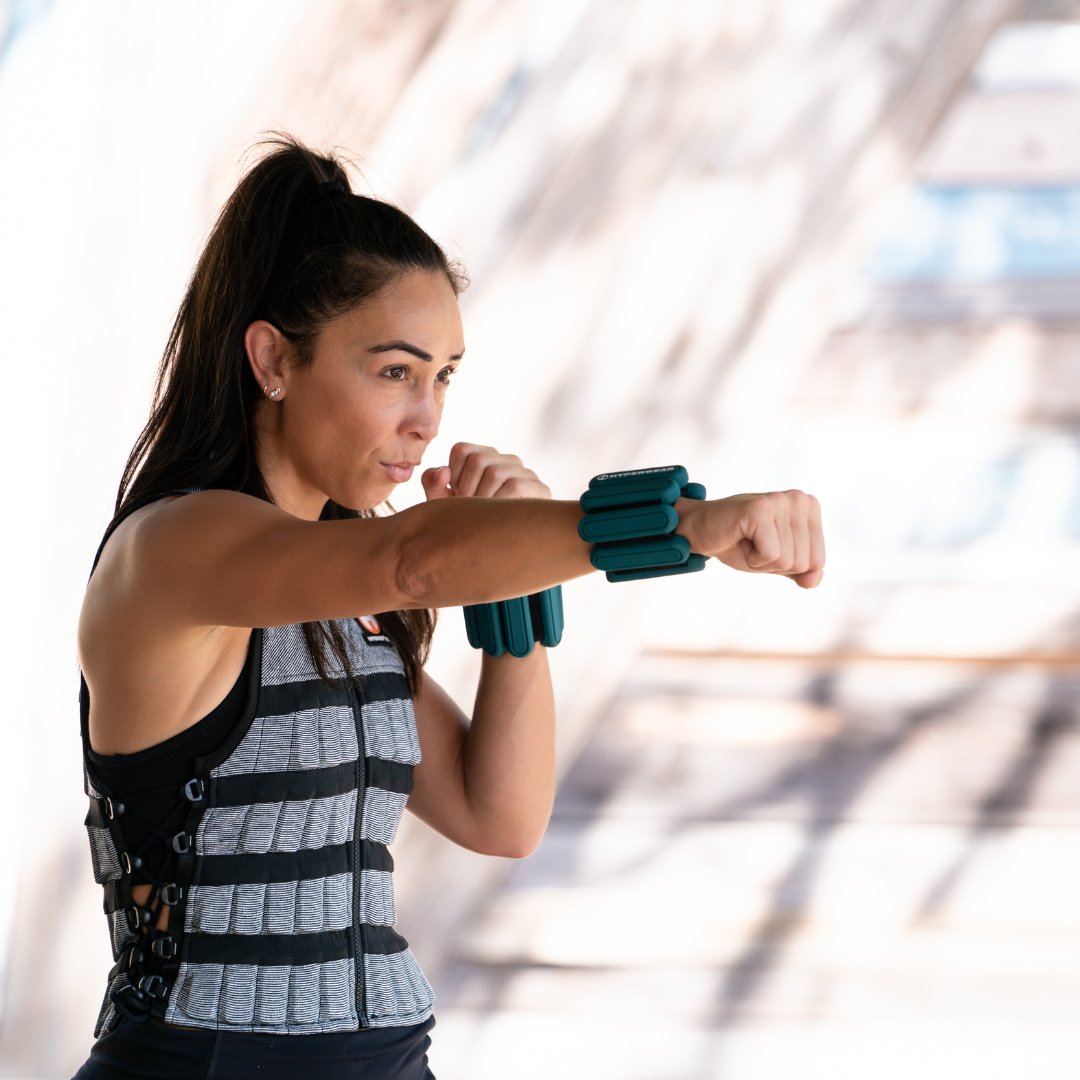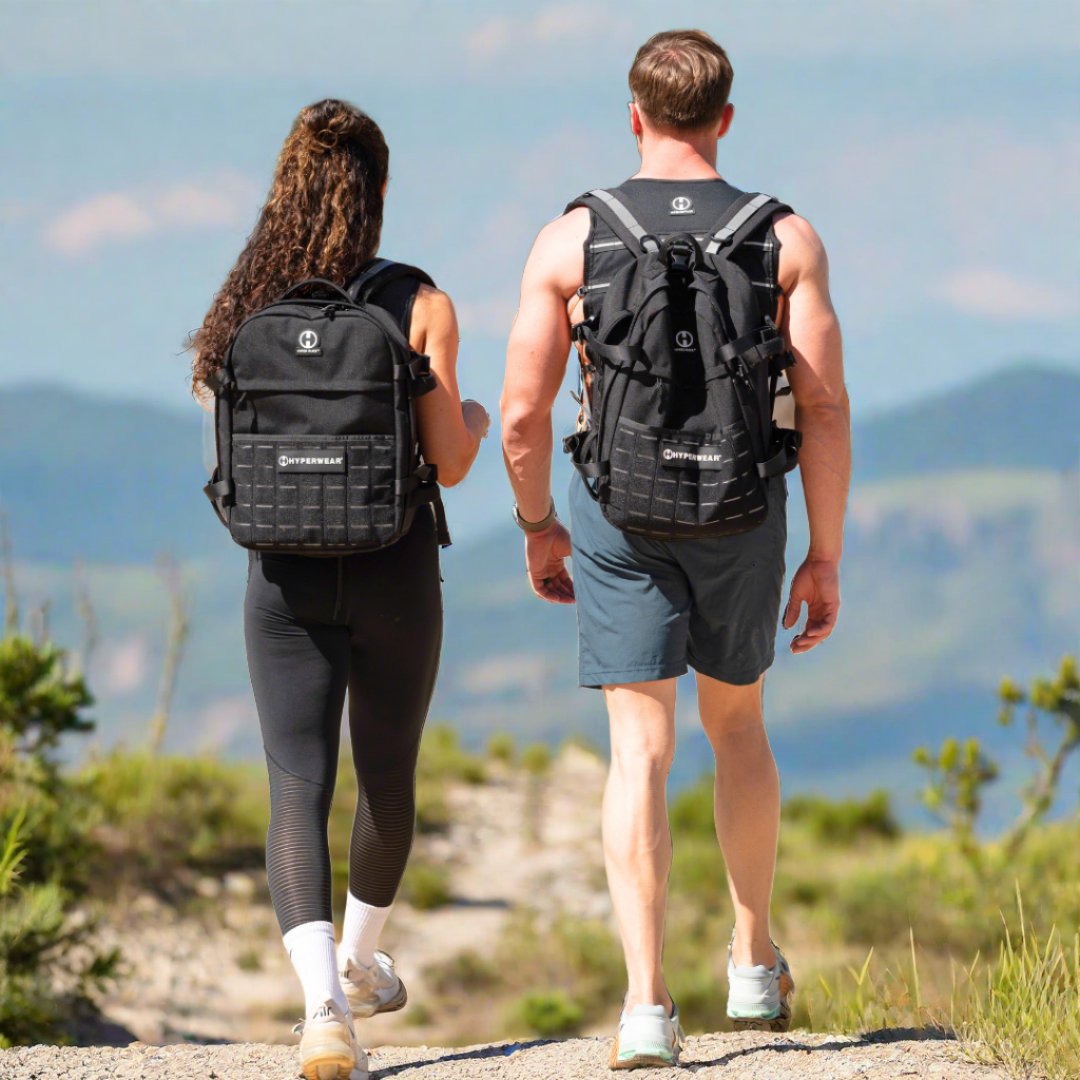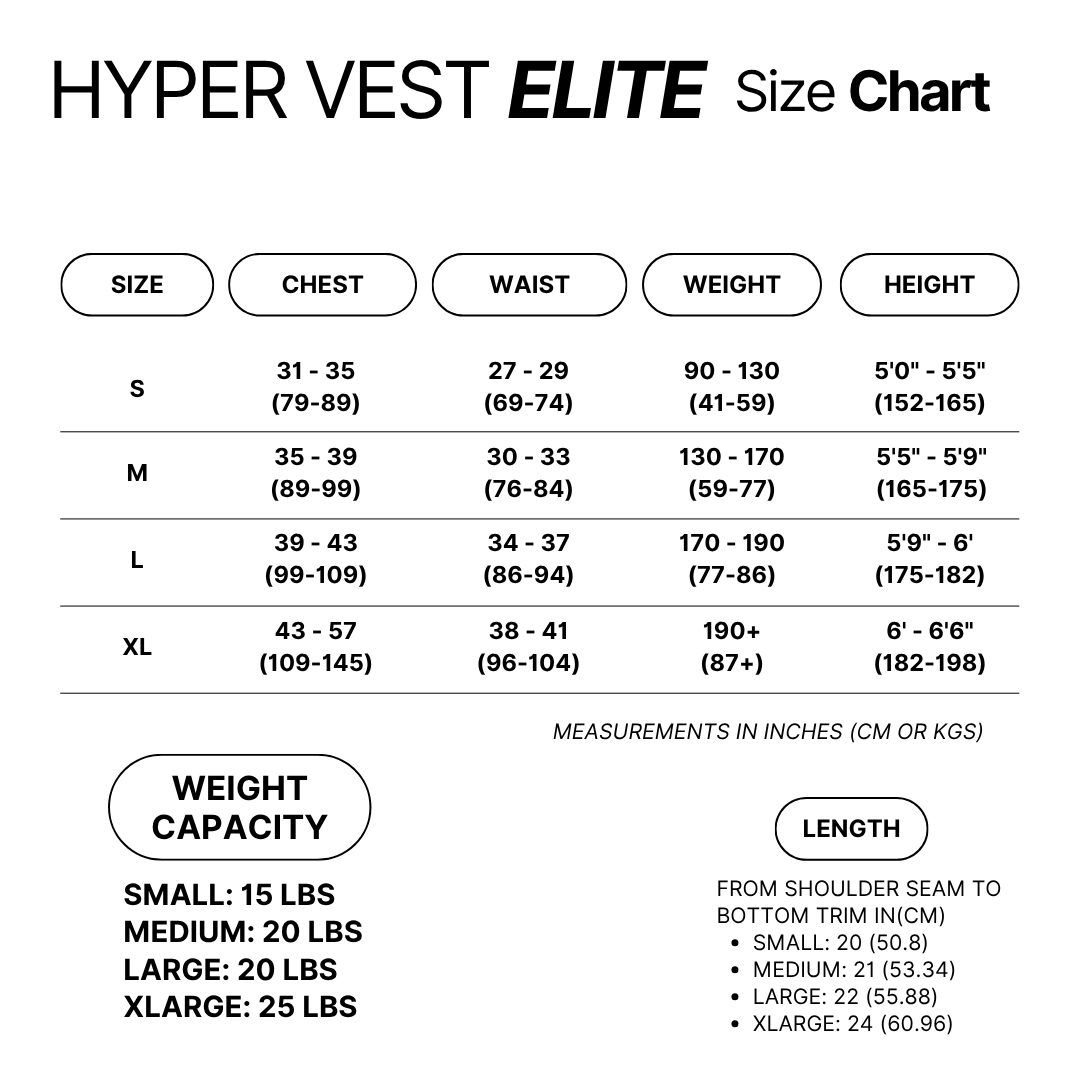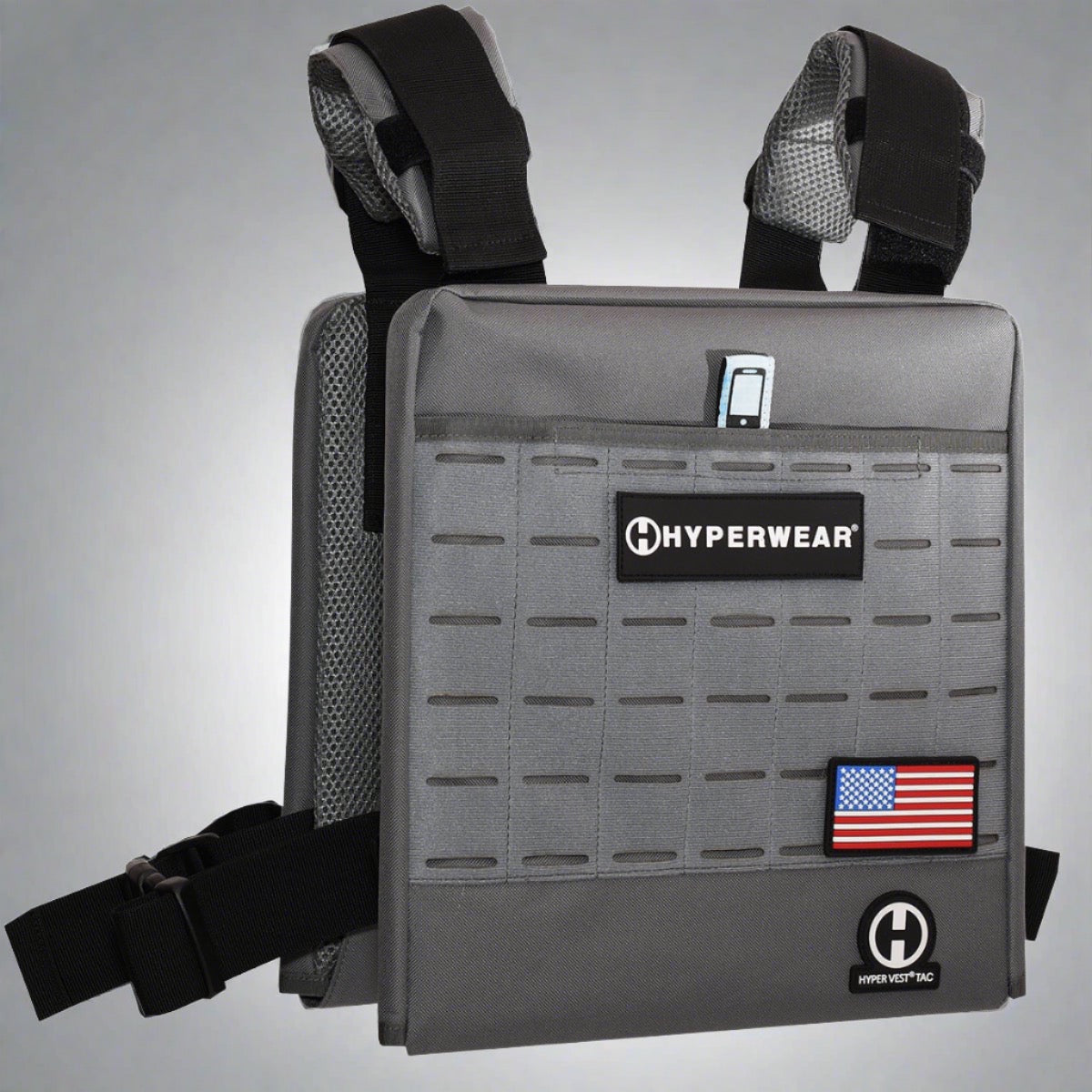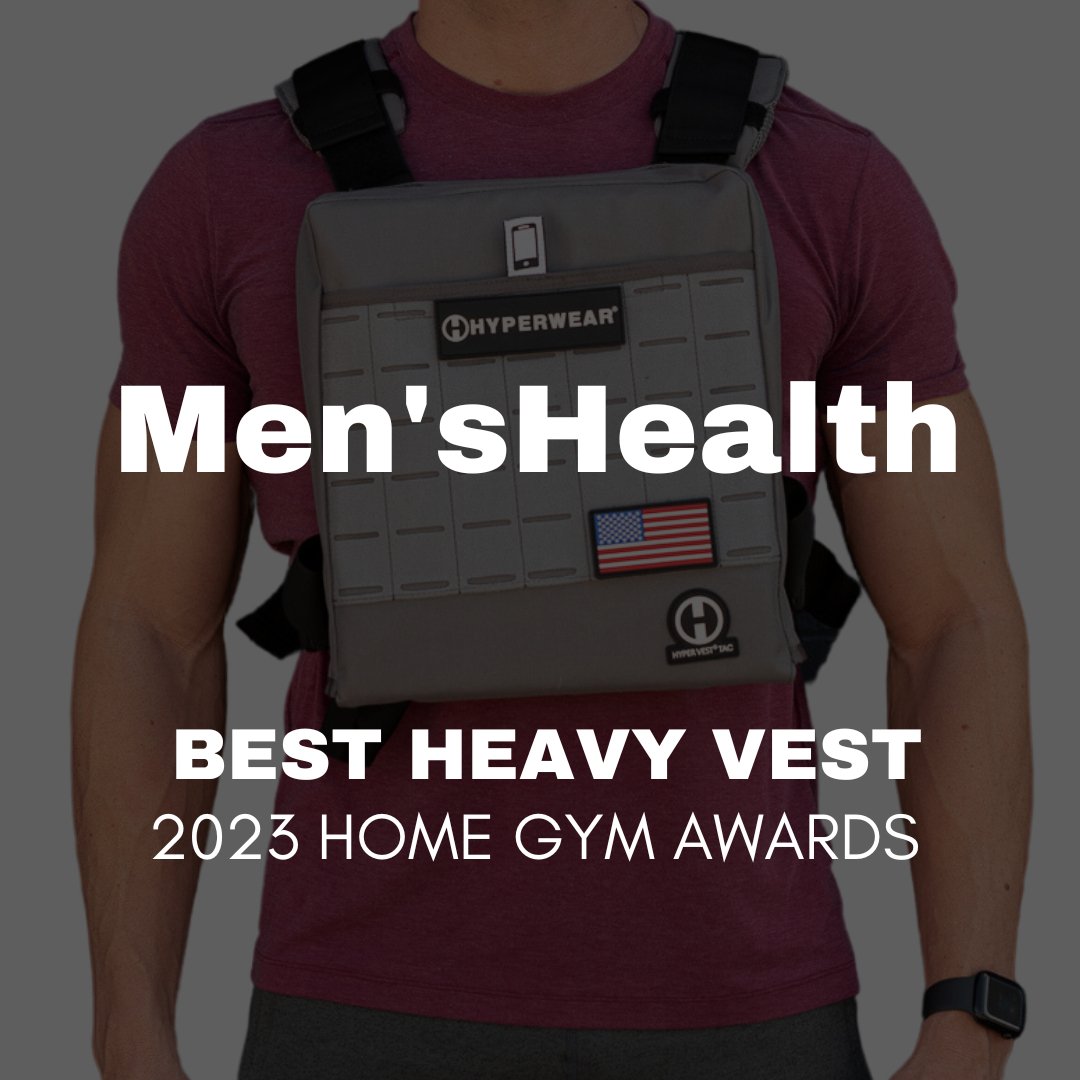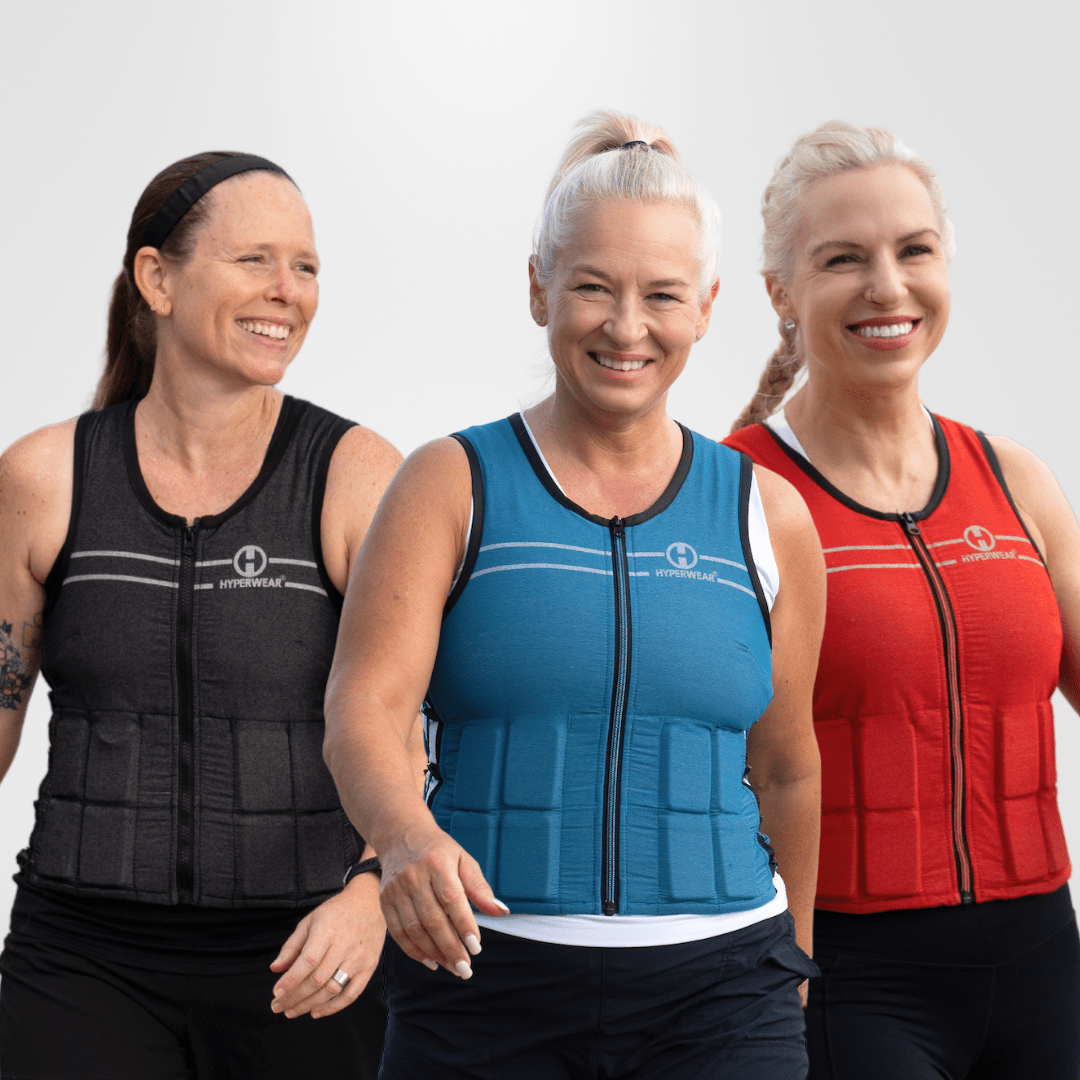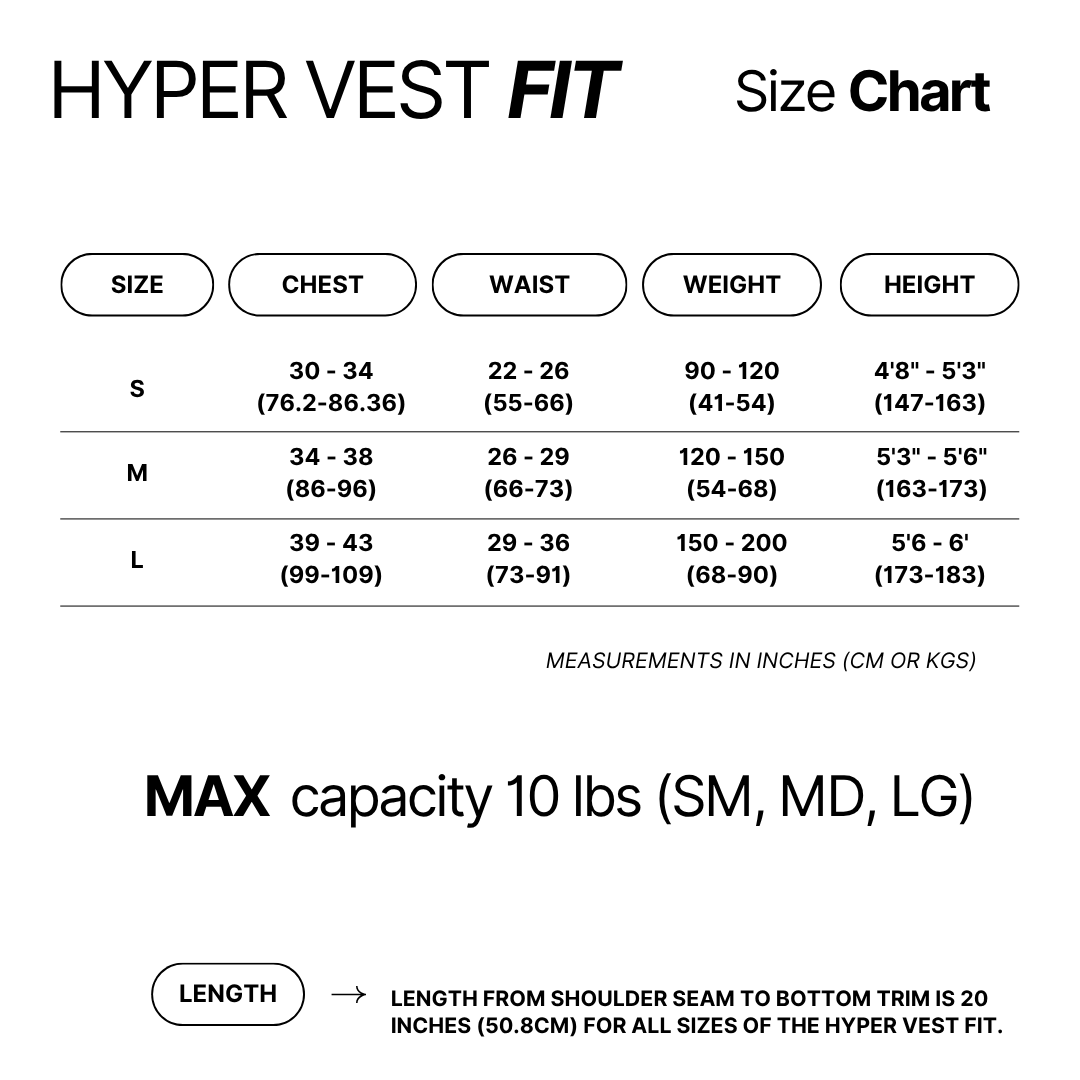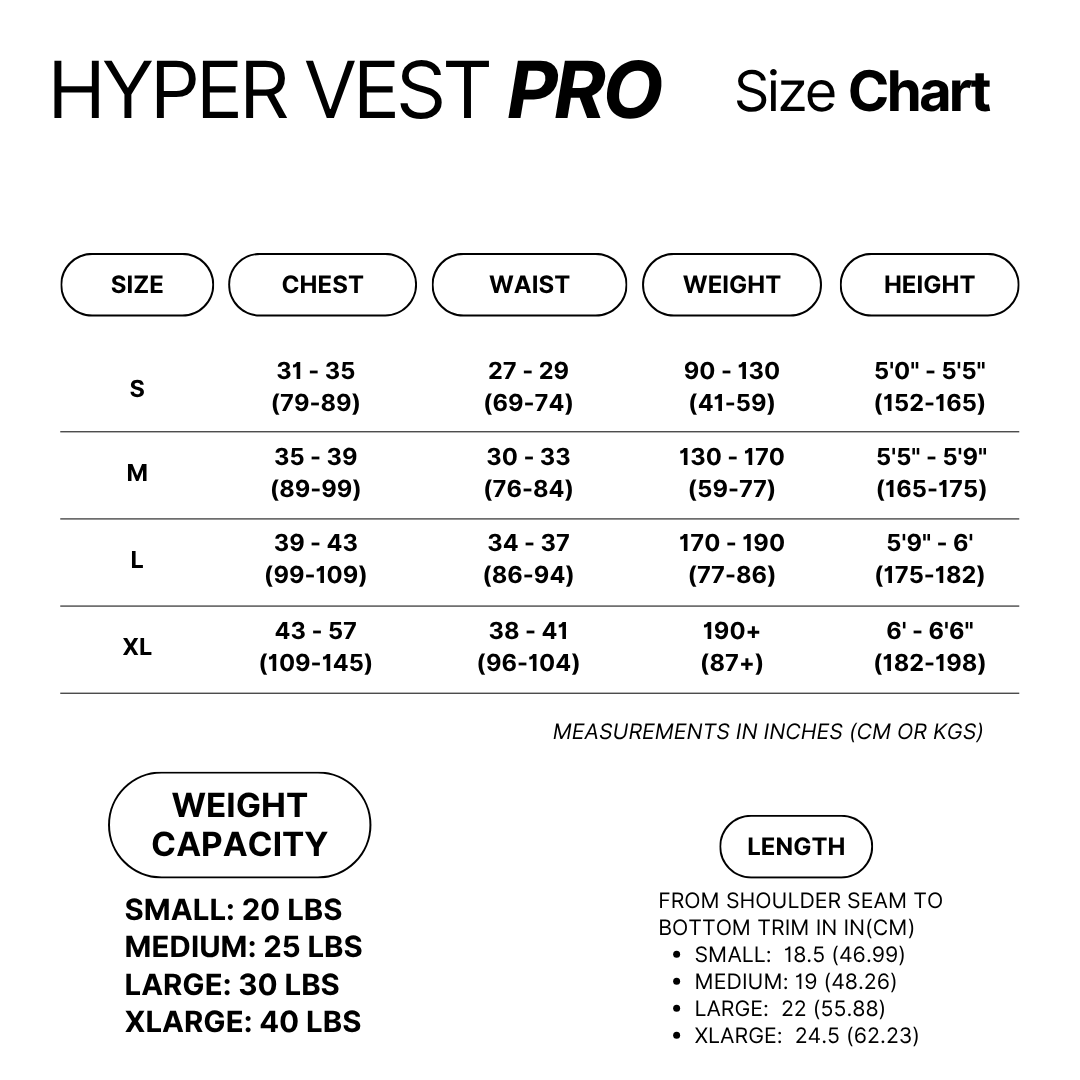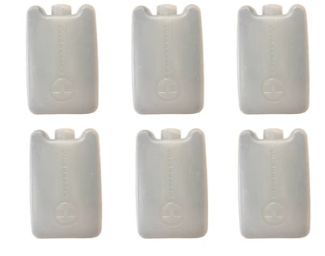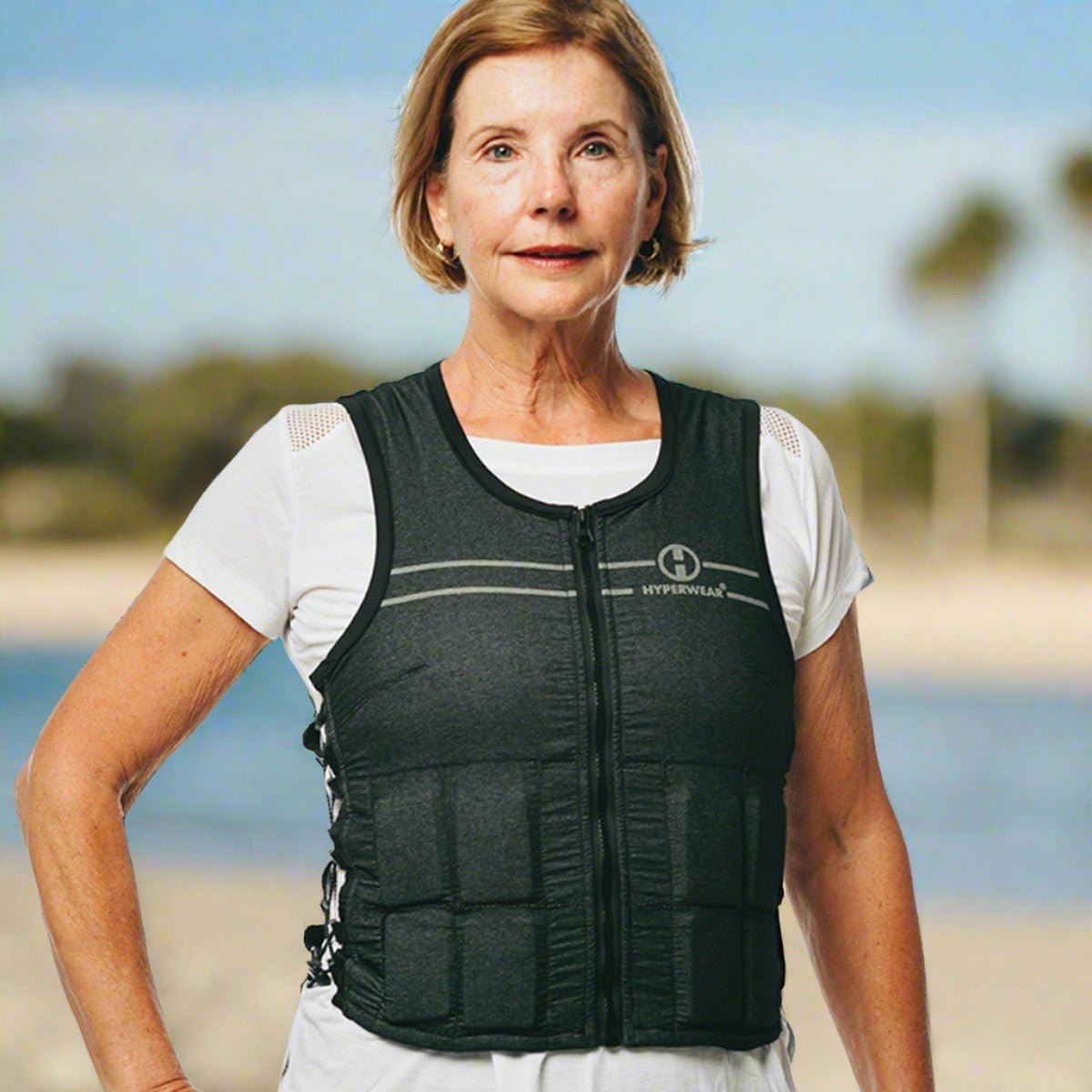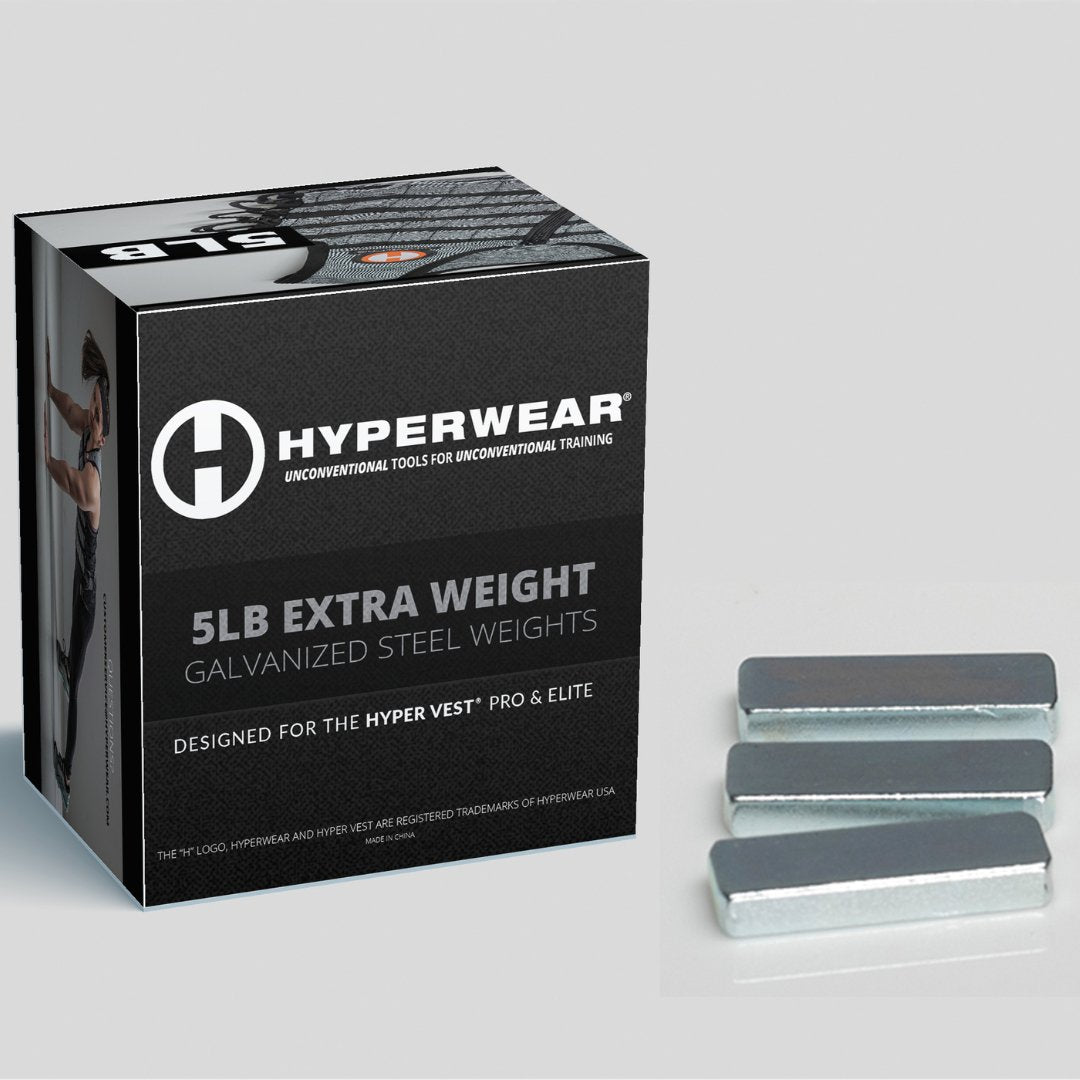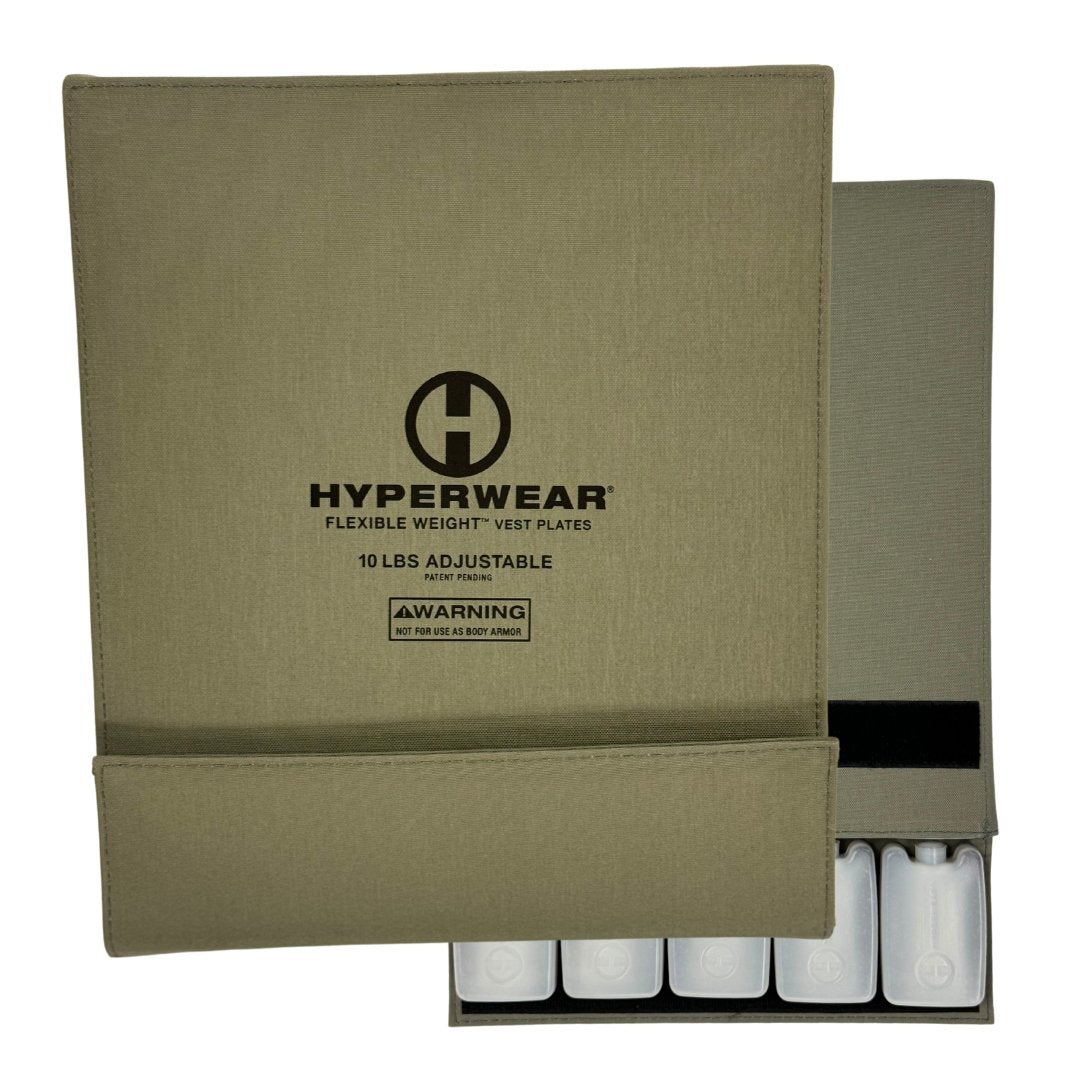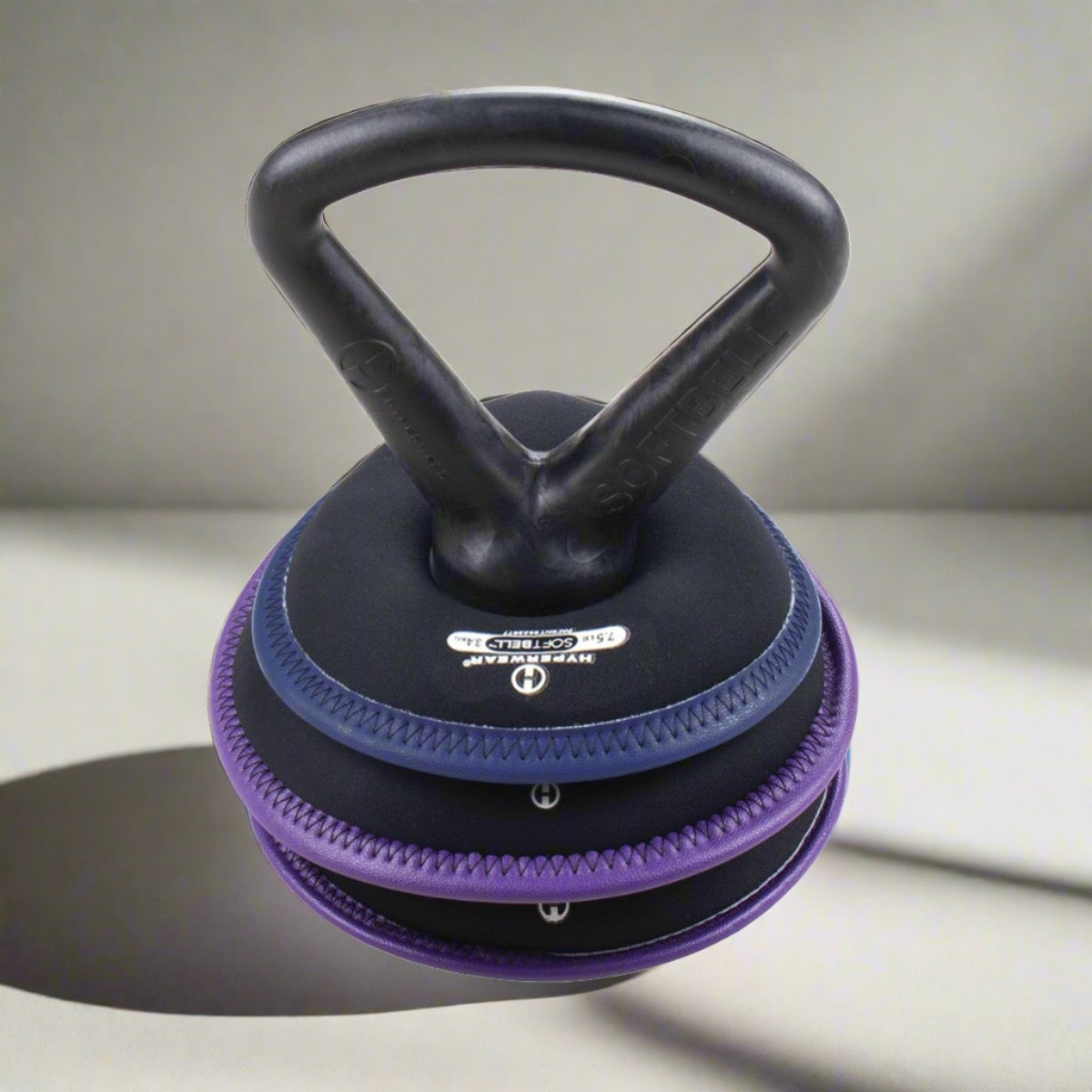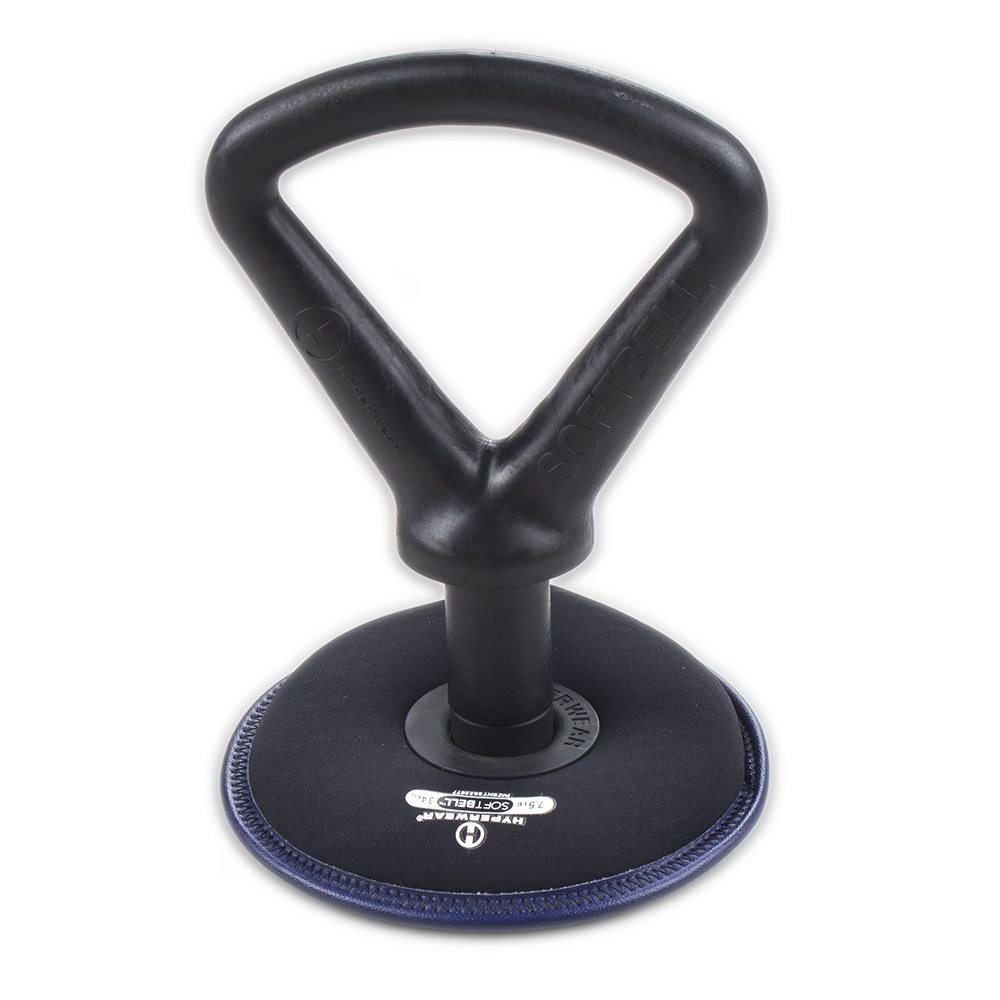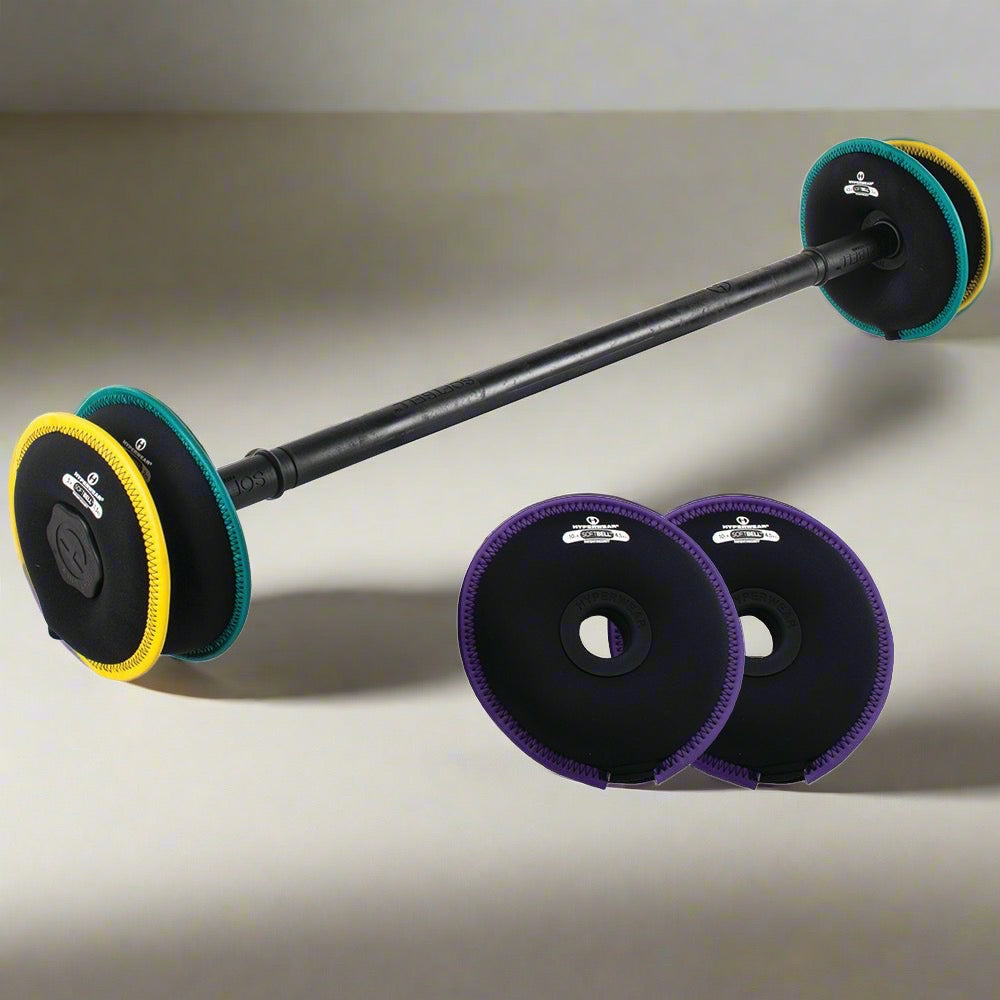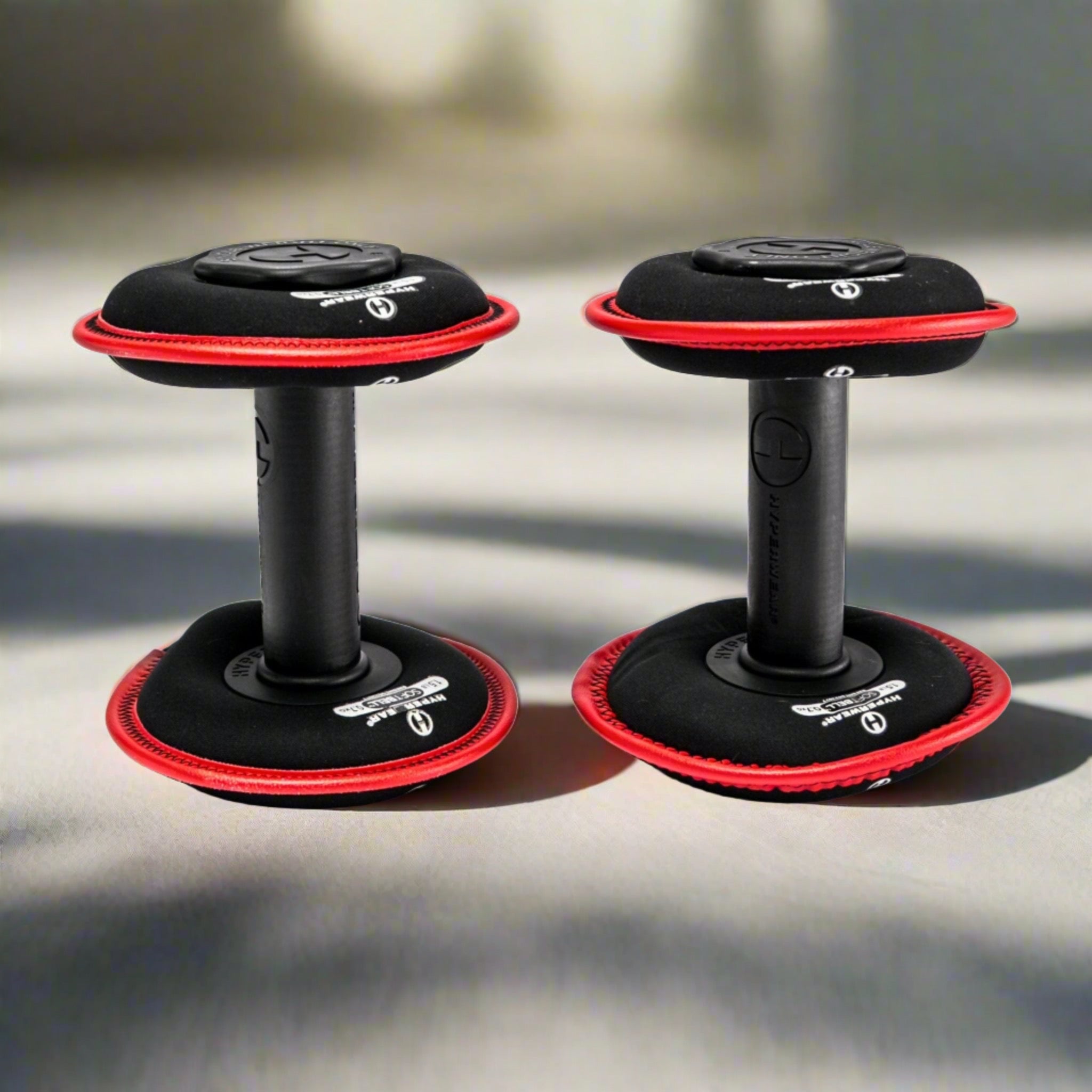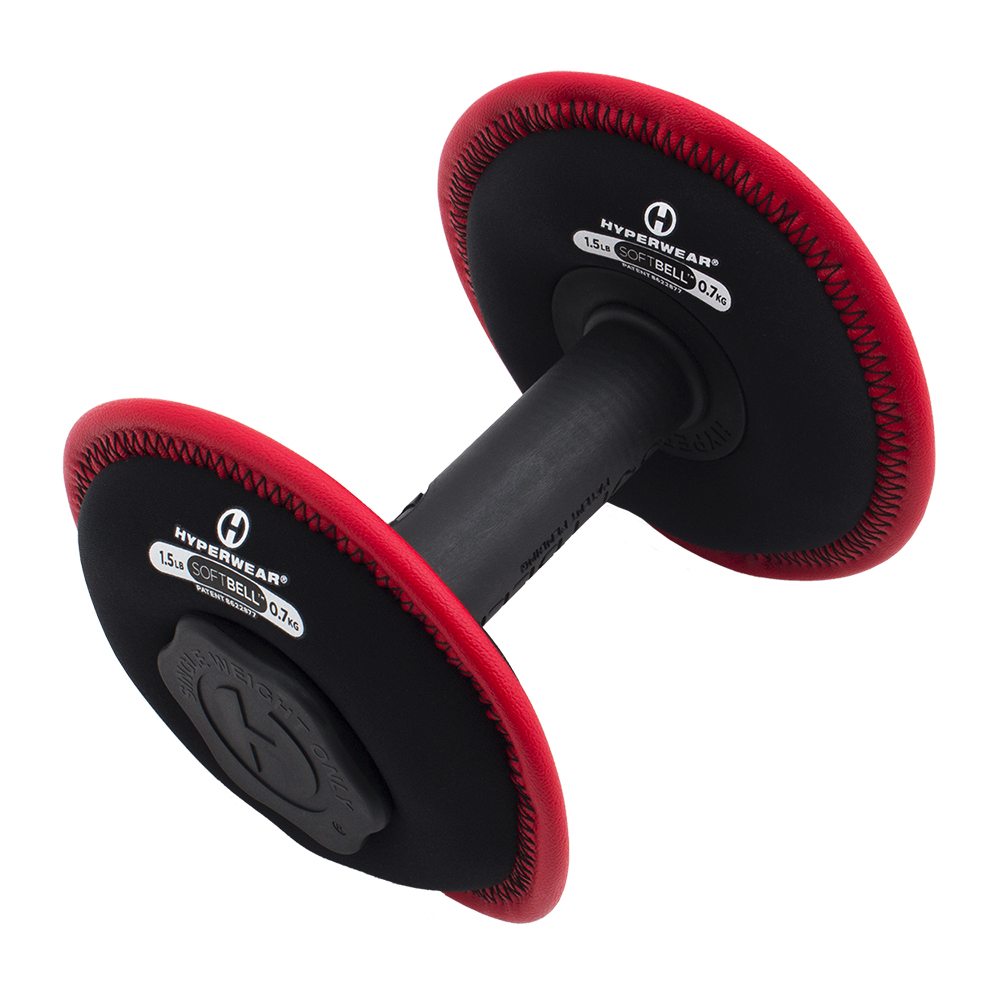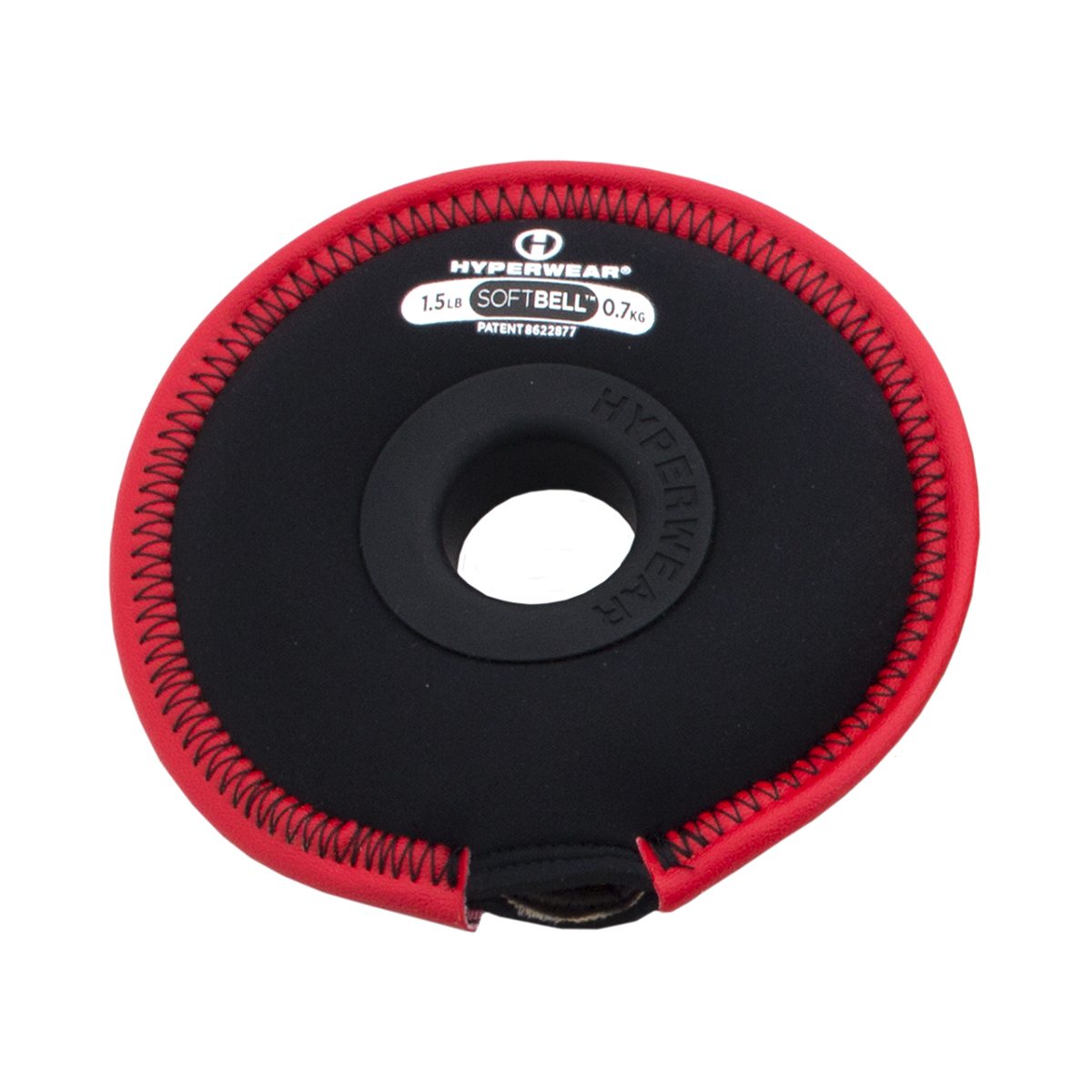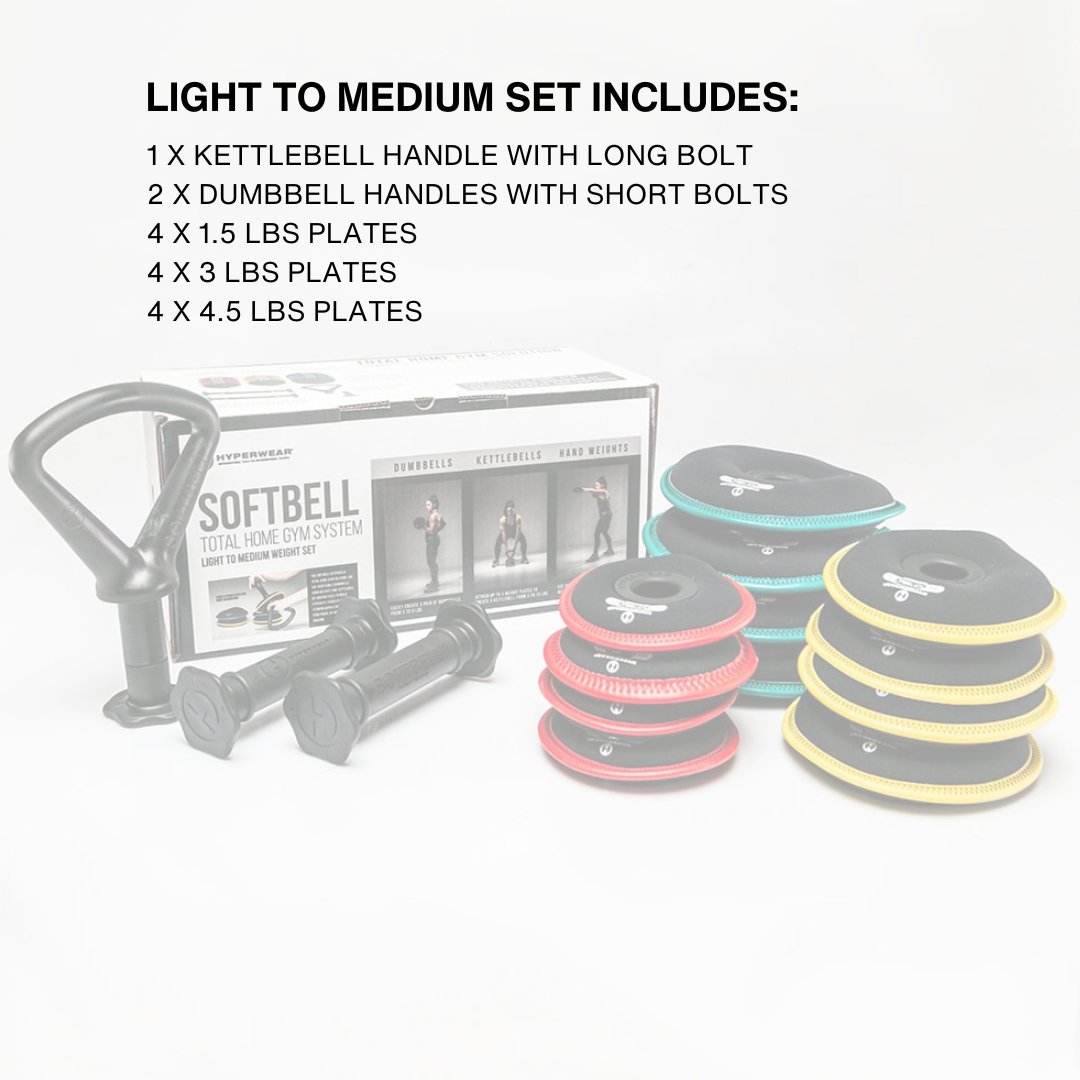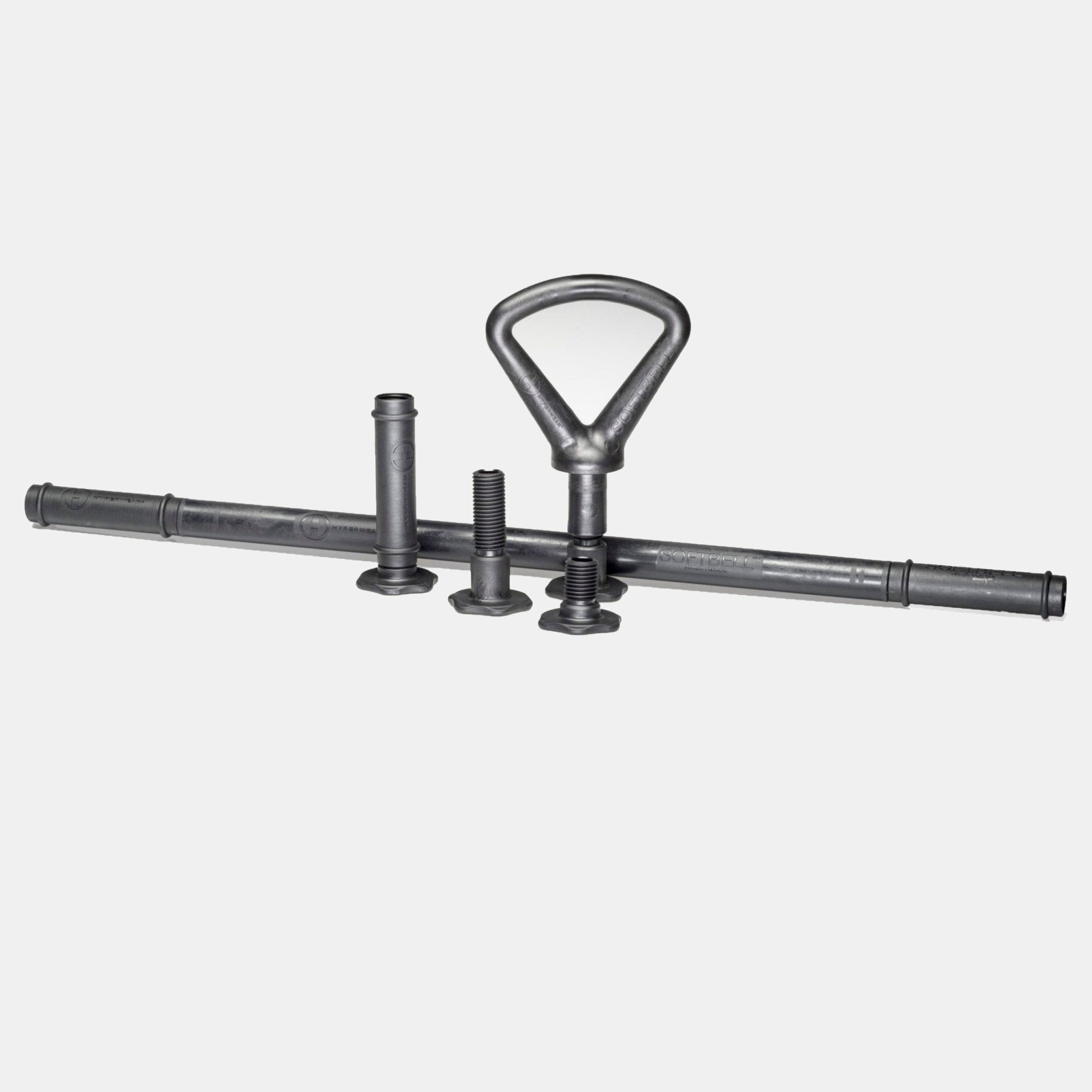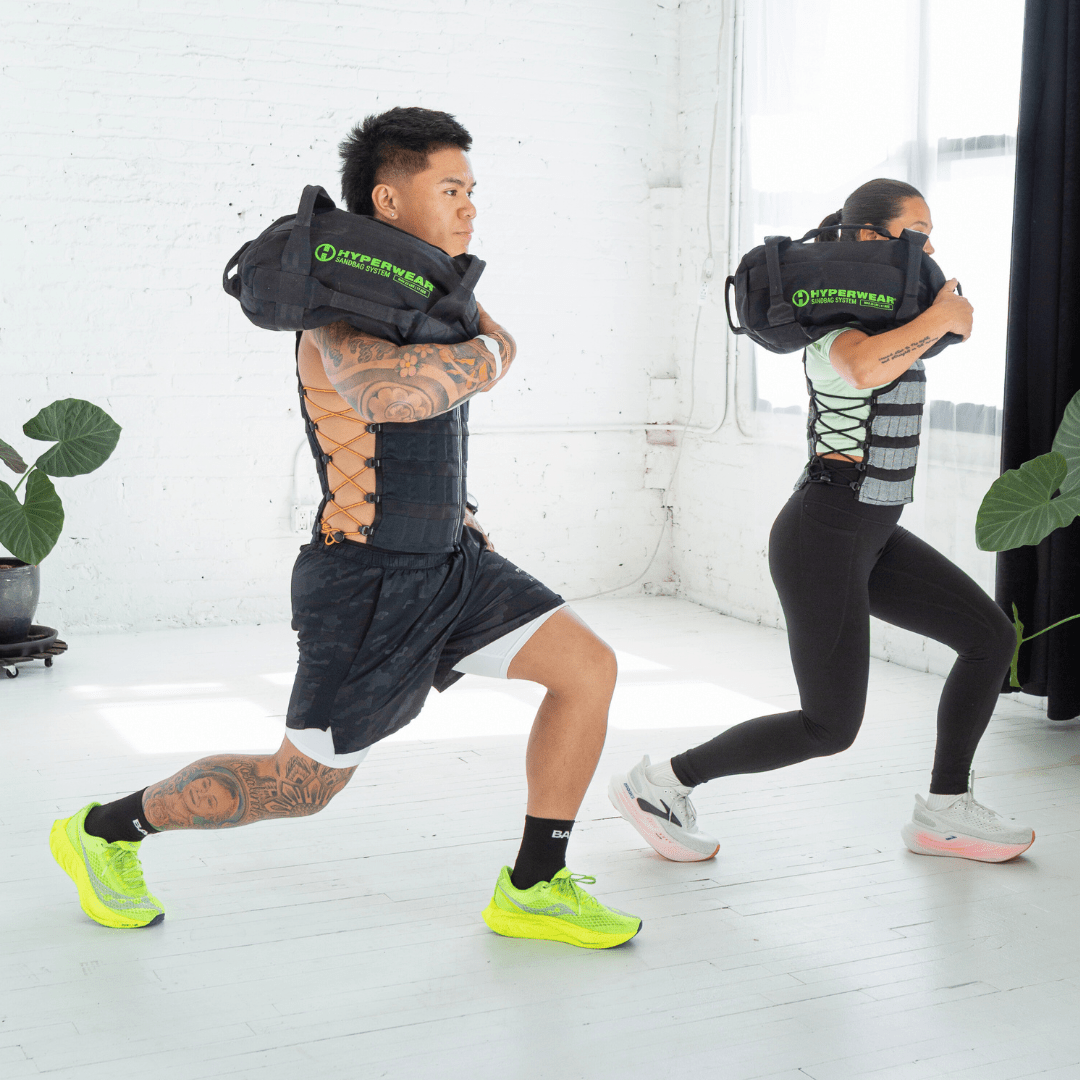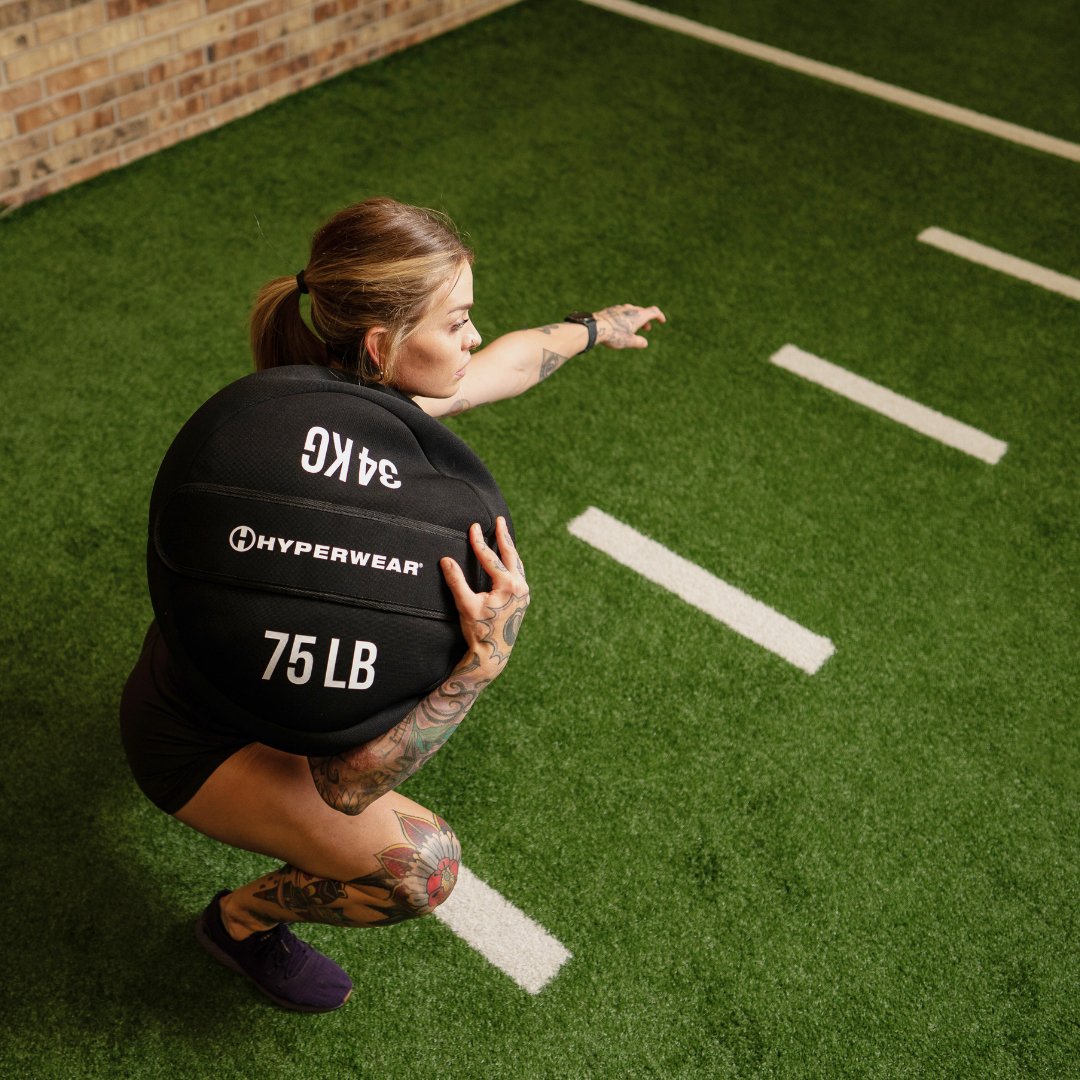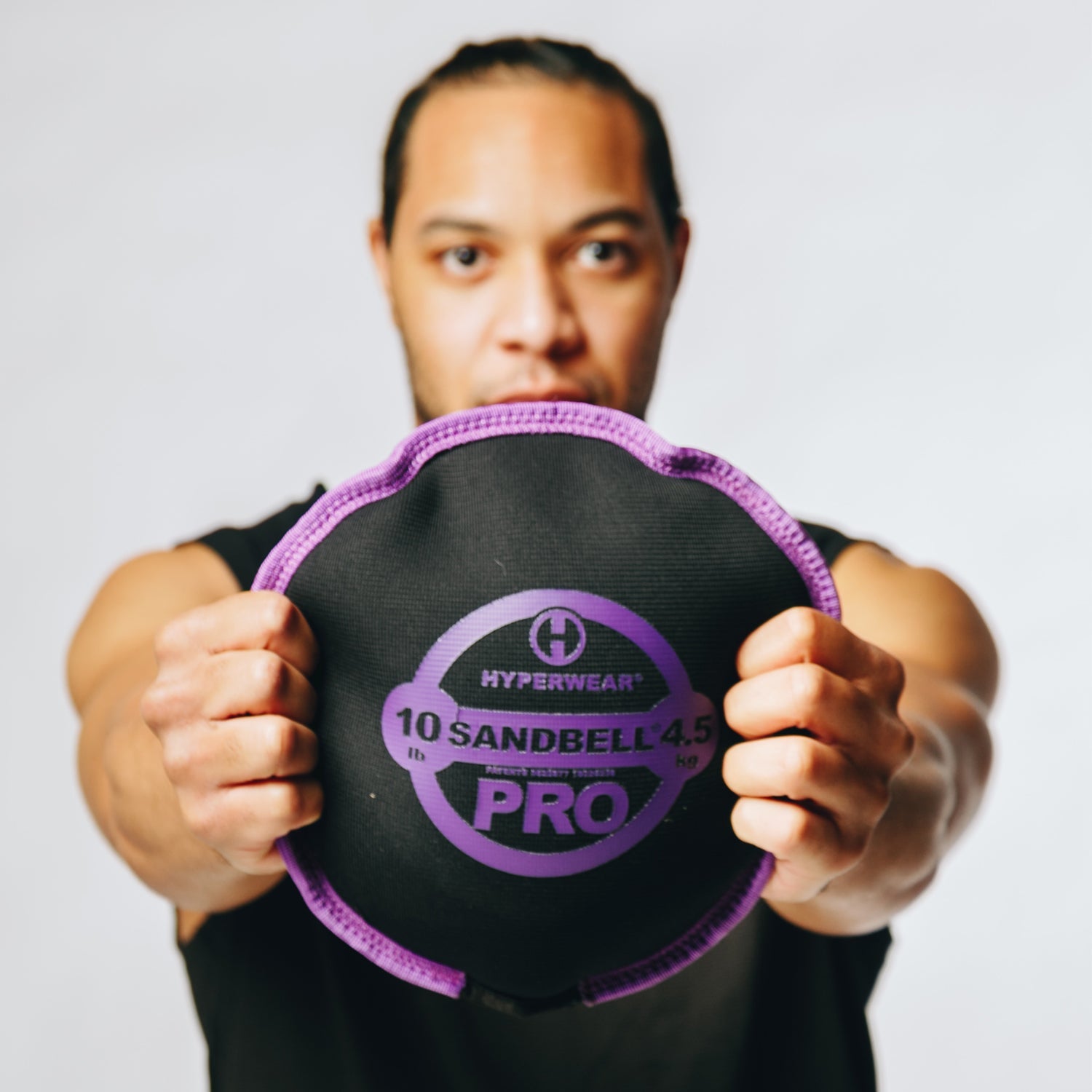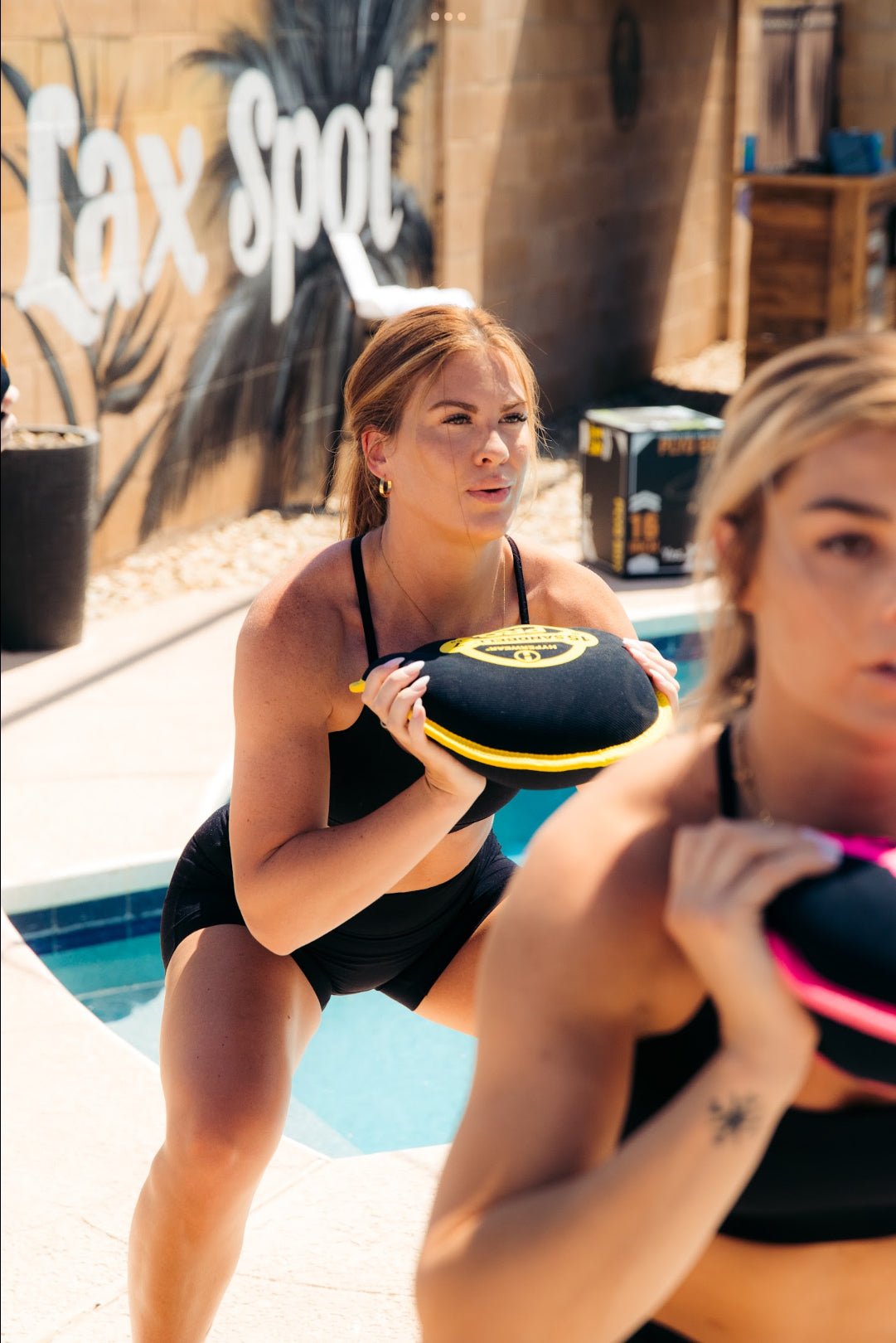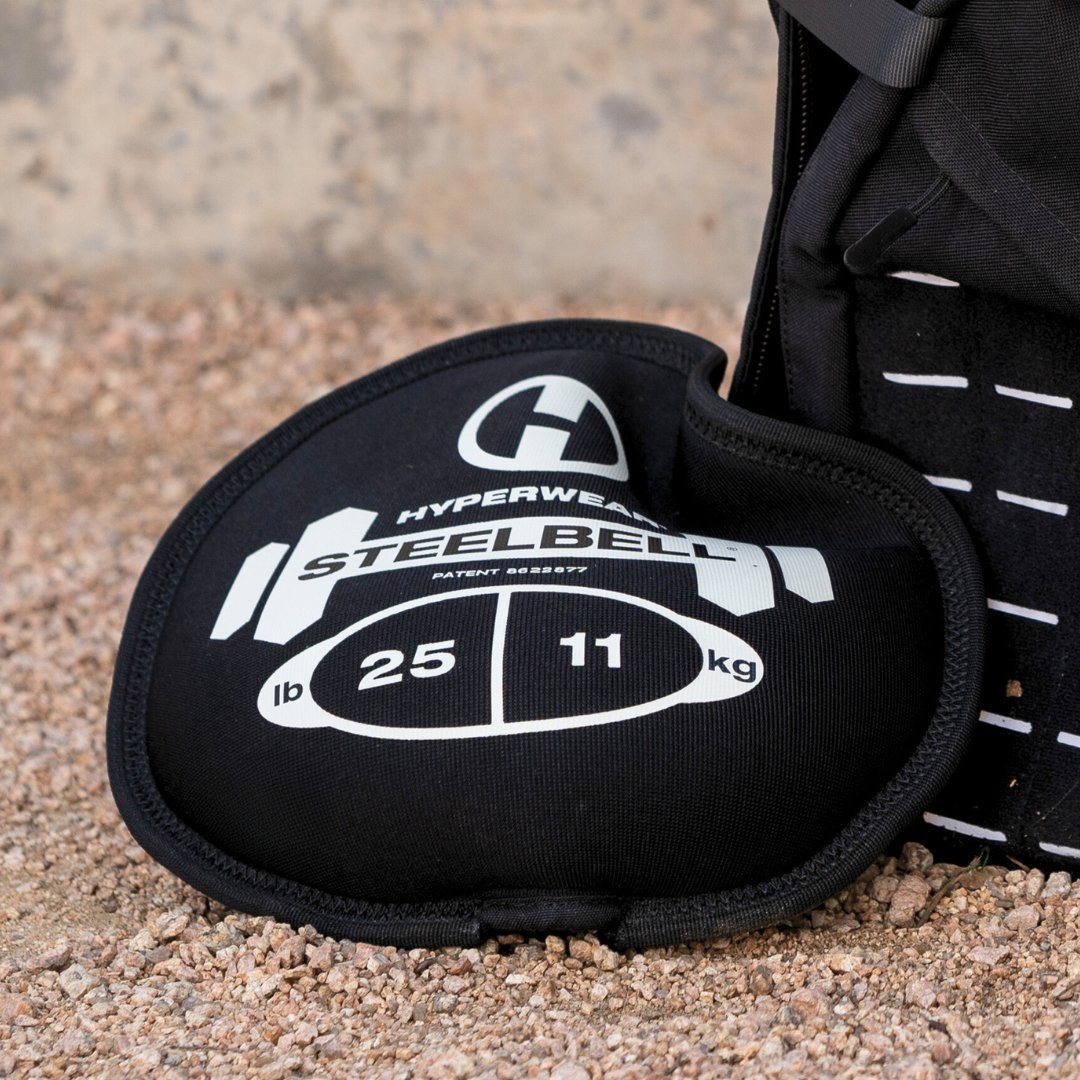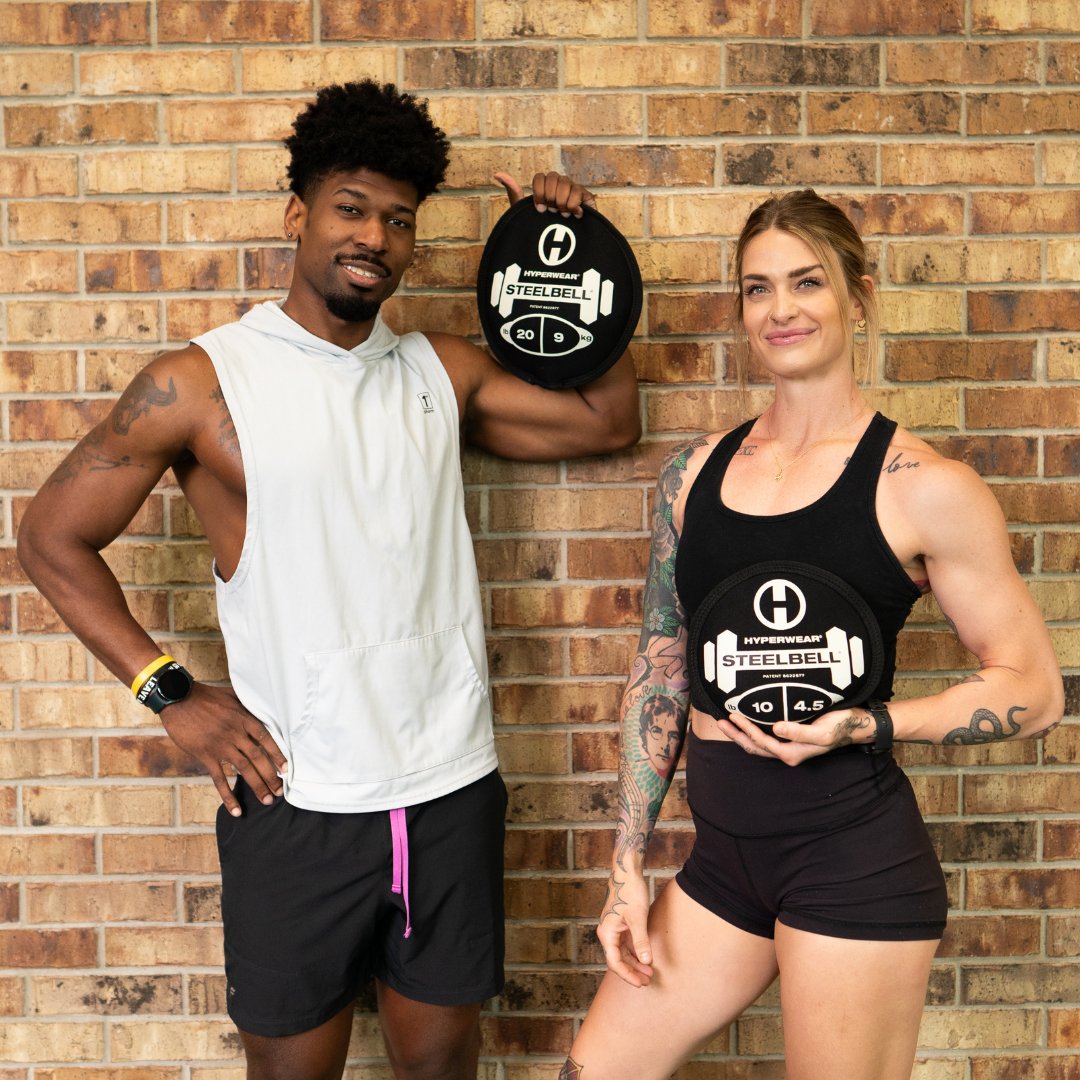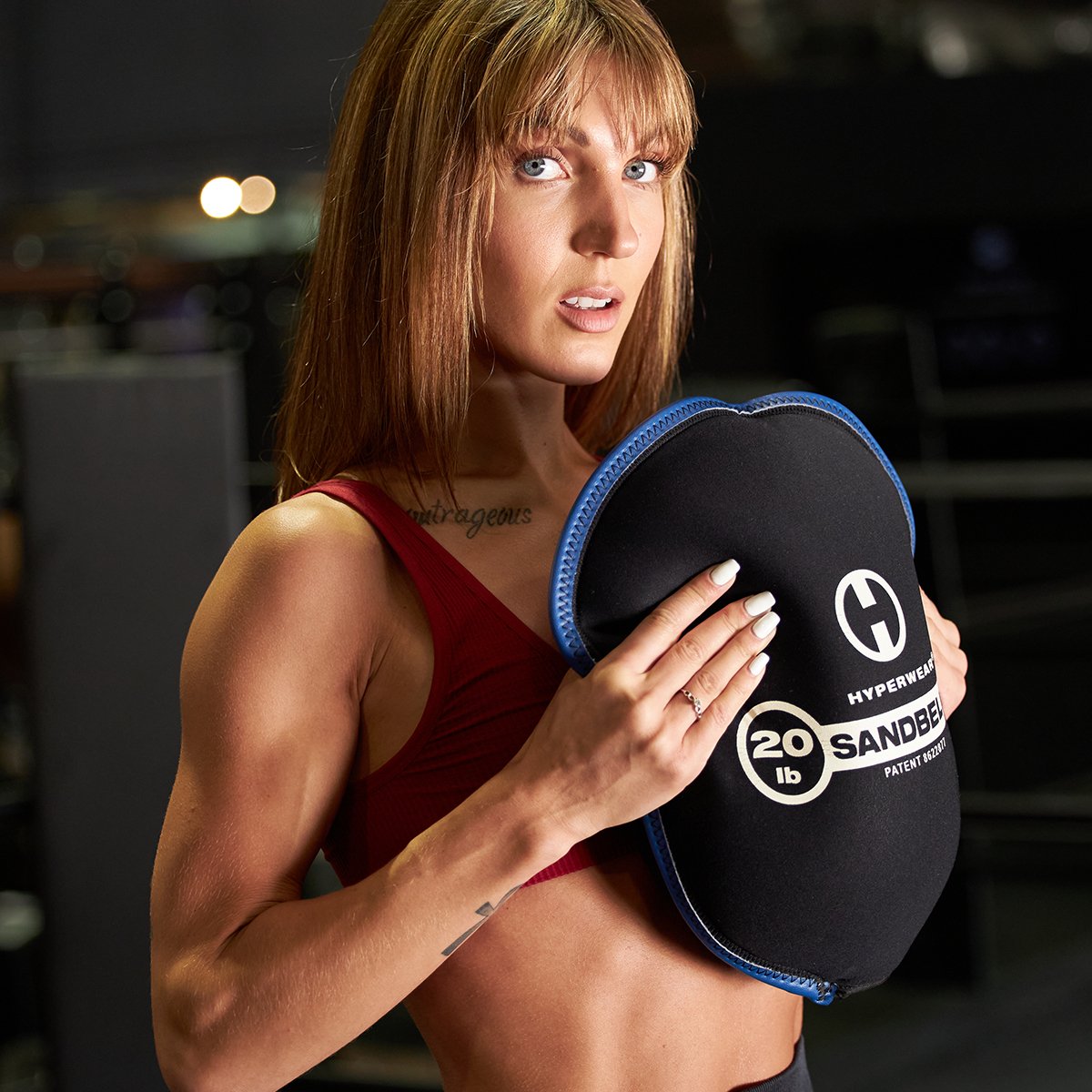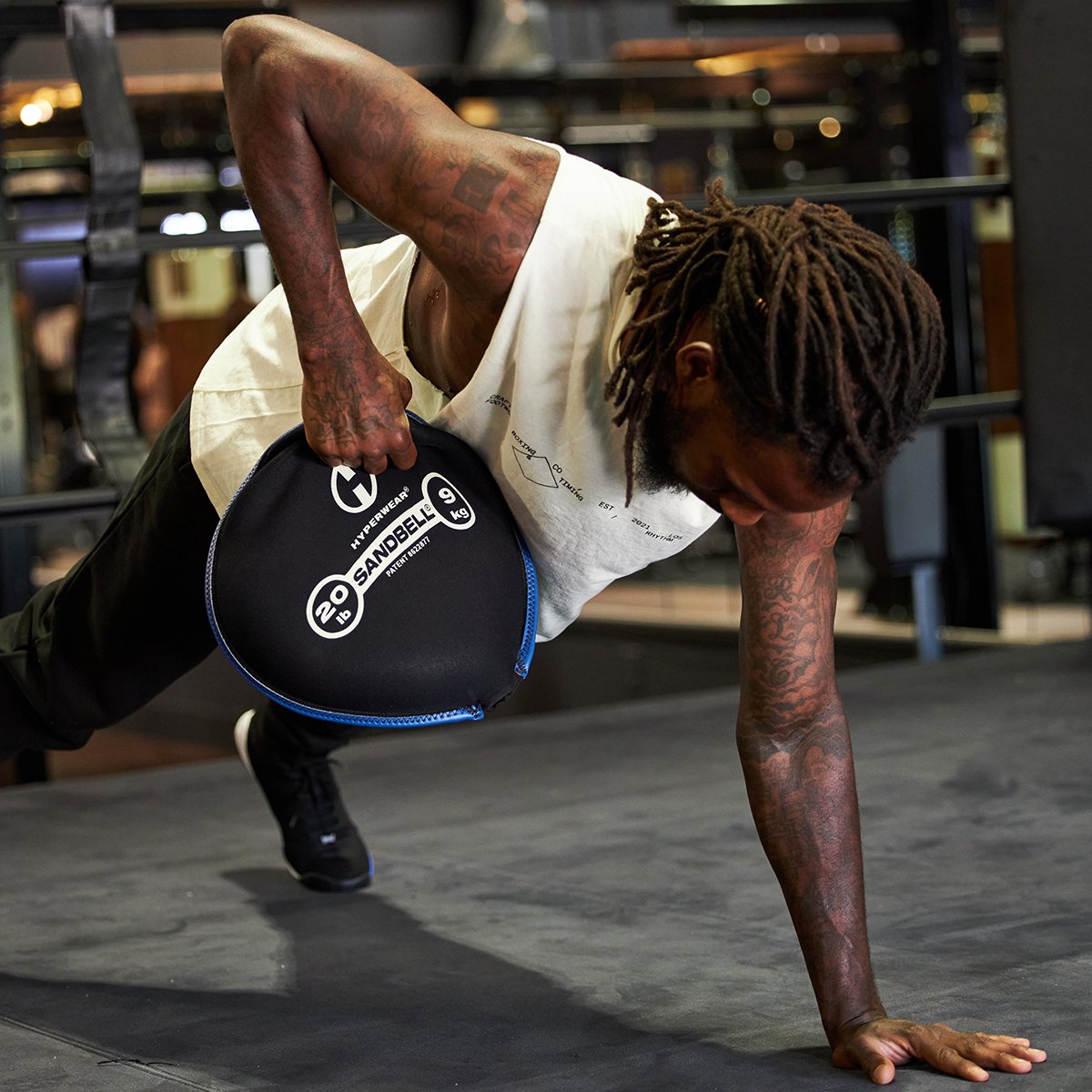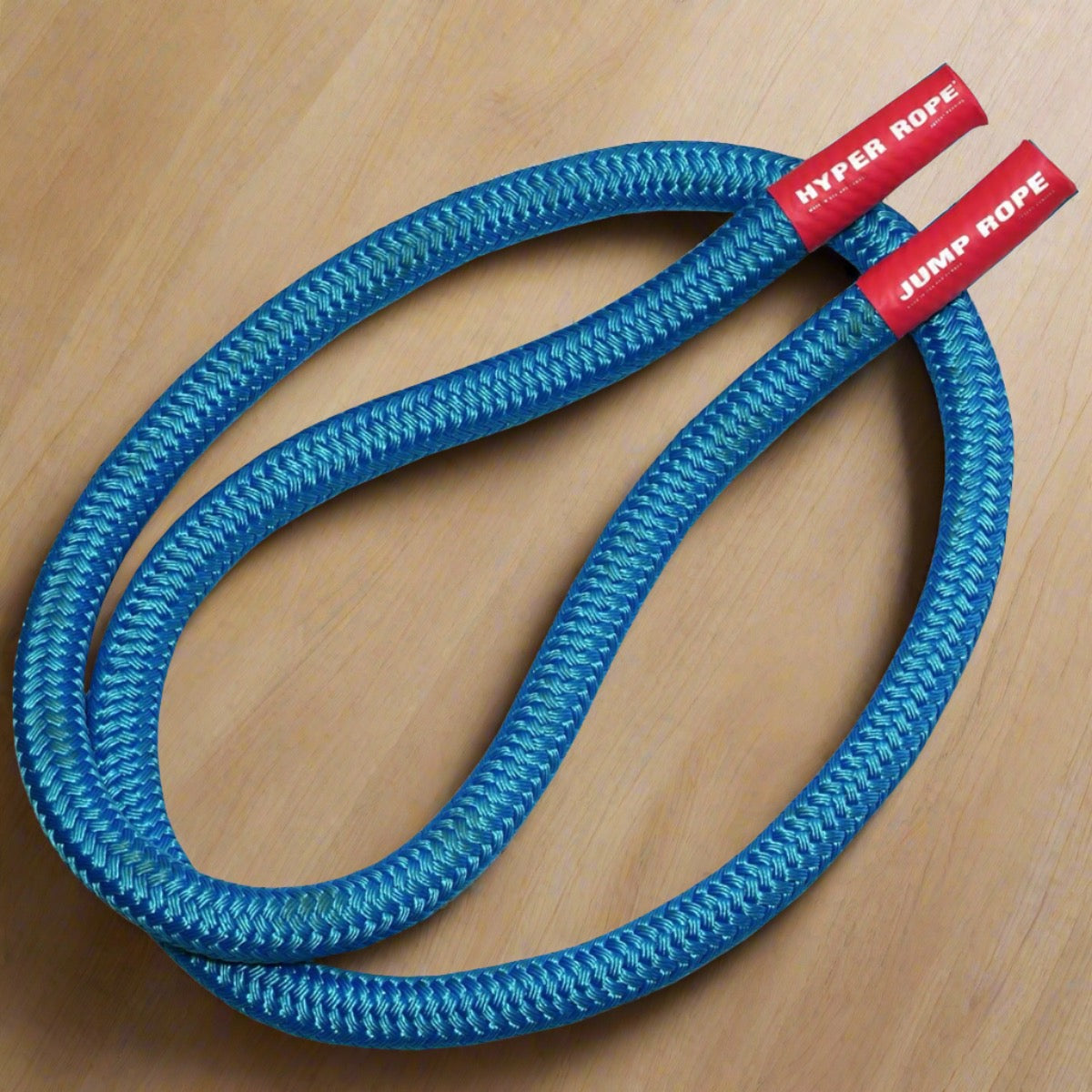The How and Why of Rucking for Osteoporosis
Rucking, the practice of walking with a weighted backpack or vest, has gained popularity as an effective workout. Rucking involves wearing weight while walking, which can be done using weighted vests or rucking backpacks. This form of exercise not only improves cardiovascular health and builds strength but also has potential benefits for bone health, particularly in individuals with osteoporosis.
Defining Rucking
Rucking is a straightforward workout that involves carrying a weighted backpack while walking or hiking. A weighted vest is another form or rucking. Rucking is typically done outdoors which adds to the benefits. The weight used varies depending on your fitness level and goals. Unlike traditional strength training, rucking provides a low-impact way to enhance bone density and overall fitness, making it suitable for a wide range of individuals, including those with osteoporosis.
Research on Weighted Vests and Osteoporosis
Research shows that wearing weighted vests can be beneficial for individuals with osteoporosis. Weighted vests apply compressive forces to the bones, stimulating osteoblast activity, which is essential for bone formation and strengthening. Studies have indicated that the use of weighted vests can help improve bone mineral density and reduce the risk of fractures in osteoporotic patients.
- Sinaki et al. (1996): found that wearing a weighted vest can increase bone density and decrease the risk of fractures in postmenopausal women.
- Shipp et al. (2010): demonstrated that weighted vests improve balance and bone density in elderly women, reducing fall risk and related fractures.
For more information, check out our blog post on weighted vests and osteoporosis.
Osteoporosis and Rucking with Weighted Backpacks
Two published scientific articles specifically study rucking for osteoporosis:
Study 1: Biofeedback Load Technique in the Rehabilitation of Osteoporotic Patients
This study, by Jaroslava Wendlova, explores the use of carrying a backpack as a rehabilitation technique for osteoporotic patients. The study emphasizes the bio-mechanical benefits of carrying a backpack, which include:
Compressive Forces: Carrying a backpack exerts compressive forces on the vertebrae and proximal femur, stimulating osteoblasts and promoting bone formation.
Muscle Balance: Alternating the position of the backpack between the front and back helps balance the trunk muscles, reducing muscular imbalances.
Rehabilitation Benefits: The study suggests that carrying a backpack can be a low-cost, accessible rehabilitation method for patients with uncomplicated osteoporosis and those with vertebral fractures.
Key Findings:
- Patients with vertebral fractures should carry up to 1 kg (2.25 lbs in the backpack.
- Patients without vertebral fractures can increase the load up to 2 kg (4.5 lbs).
- Regularly carrying a backpack can improve muscle strength, balance, and bone density.
Study 2: The Importance of Carrying a Backpack in the Rehabilitation of Osteoporotic Patients
This study by Wendlova further examines the role of carrying a backpack in osteoporotic rehabilitation. The paper highlights several key aspects:
Muscular Imbalance: Carrying a backpack helps correct muscular imbalances in the trunk, which is crucial for maintaining stability and posture in osteoporotic patients.
Bone Strength: The study reinforces that the compressive forces generated by carrying a backpack stimulate osteoblast activity, enhancing bone strength.
Practical Application: The study suggests that carrying a backpack is a practical and effective rehabilitation tool that can be easily integrated into daily activities, such as walking in the park or light hiking.
Key Findings: “For patients with uncomplicated osteoporosis as well as for those with osteoporotic vertebral fractures, regular carrying of a backpack represents an easily accessible and effective daily low-cost rehabilitation, which is part of their physical therapy. It allows the patient to carry a backpack while doing small shopping, walking in a park or on other easy terrain.” The bio-mechanical analysis supports the use of backpacks for improving bone density and muscular balance. The recommended load for patients without vertebral fractures is up to 2 kg (4.5 lbs), while those with fractures should limit the load to 1 kg (2.25 lbs).
Advice on Rucking for Osteoporosis
When starting rucking with osteoporosis, it’s best to follow these guidelines:
- Consult Your Doctor: Always check with your healthcare provider before starting any new exercise regimen.
- Start Light: Begin with a light backpack and gradually increase the weight as your strength and endurance improve.
- Progressive Training: Slowly increase the duration and intensity of your rucking sessions to avoid overloading your bones and muscles initially.
Conclusion - Rucking for Osetoporosis
Rucking presents a promising exercise for individuals with osteoporosis, leveraging the benefits of weighted movement to enhance bone density and muscle strength. Before starting, consult your doctor, begin with light weights, and progressively increase your training intensity.
Ready to improve your bone health with rucking? Check out the Hyper Ruck rucking backpack by Hyperwear and start your journey to stronger bones today!
By following these guidelines and leveraging the benefits of rucking, you can take proactive steps towards managing osteoporosis and improving your overall health.
